Colombia I
Colombia: it was the best of times, it was the worst of times.
On May 15 we flew into Cartagena. I could hardly believe that we were finally in South America!
Our first day of touring was a template for the next week. We walked to San Felipe Castle, just a short jaunt from our boutique hotel. It was brutally hot and humid. Panama hat vendors harassed us relentlessly.
The fortress is the most elaborate one built in South America. The construction was very innovative and effective. It thwarted the English in March 1741 and was never conquered after that. The castle was reinforced between 1762 and 1769 with more batteries, cisterns, sentry boxes and an elaborate tunnel system. These improvements were never tested. I particularly enjoyed the labyrinth of tunnels; they were cooler than outside. The views were stunning; the ocean, the bays, the old city and modern Cartagena.

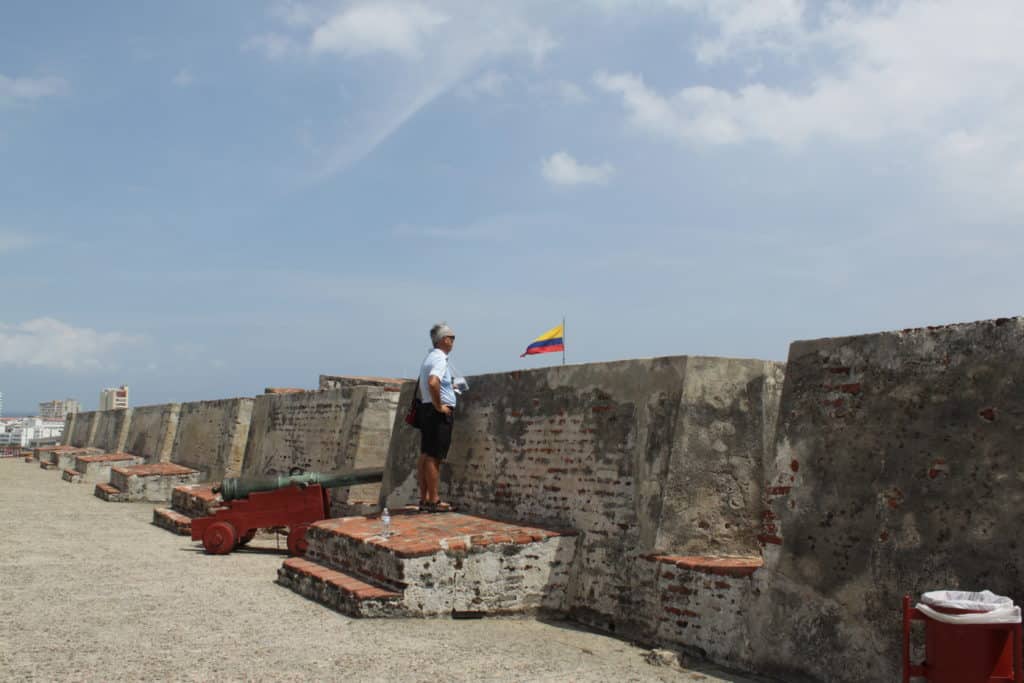
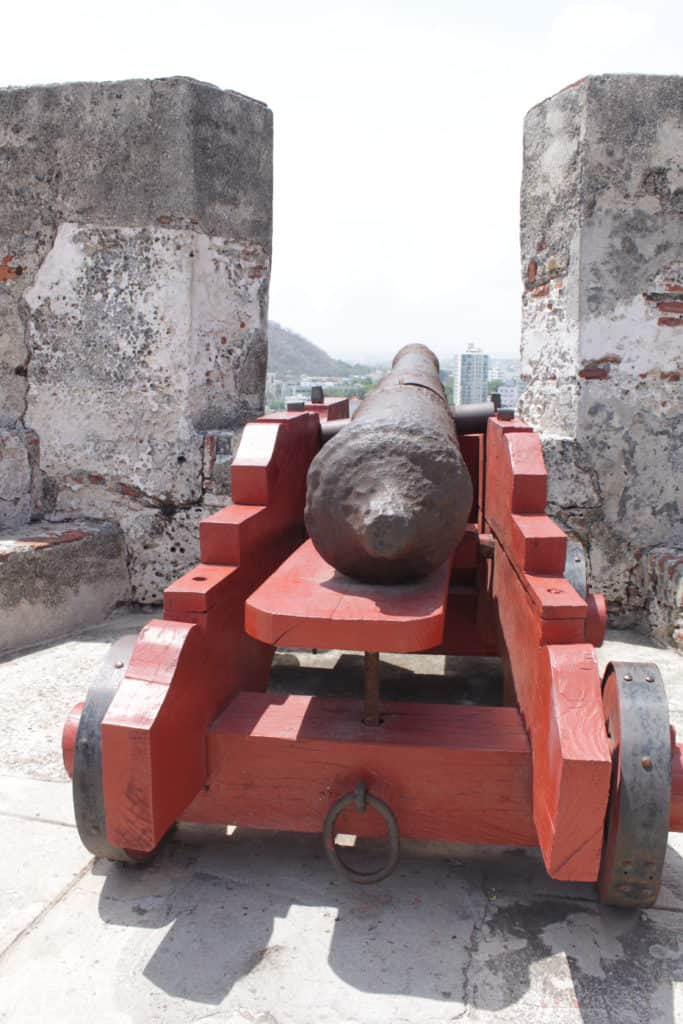
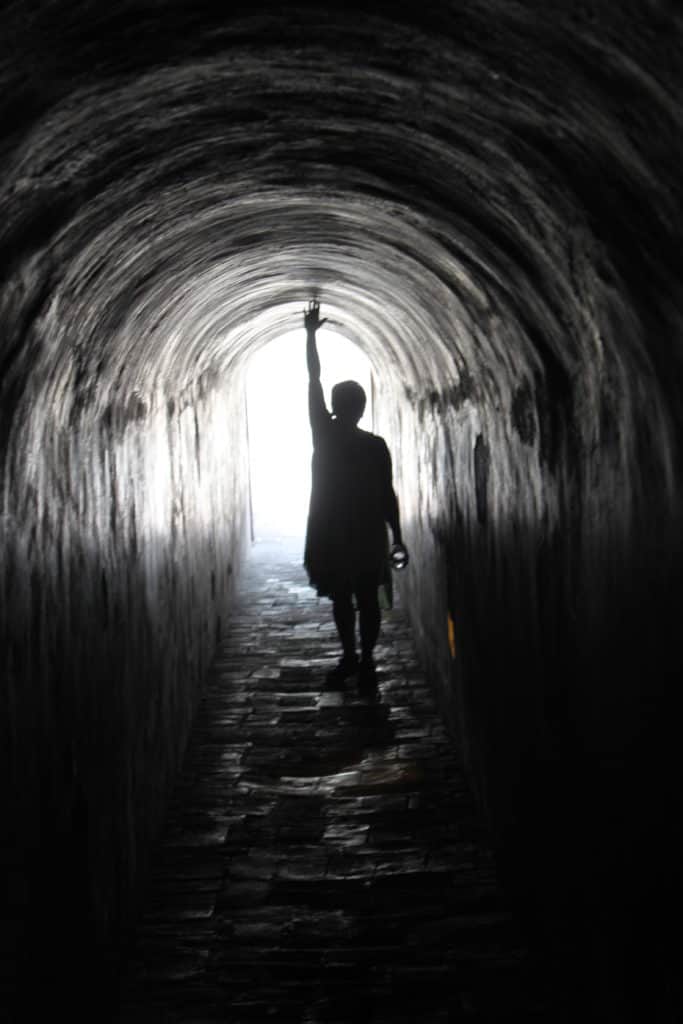
The original city was walled, and this has enabled it to maintain its charm and unique architecture. It has narrow, cobbled streets, colonial buildings, delightful plazas and an intense street vibe. The vivid colours, the pervasive music, the street murals and the myriad of fruit vendors made it magical. I was in love! Tourism is vital so entertainment, food and services are everywhere. This felt like Disneyland for adults. We saw all the prerequisite “sights” and ate very well. The bonus for us was the fact that six other couples had shipped their vehicles from Panama at the same time we did. This gave us the opportunity to socialize with other English speakers and share the experience.
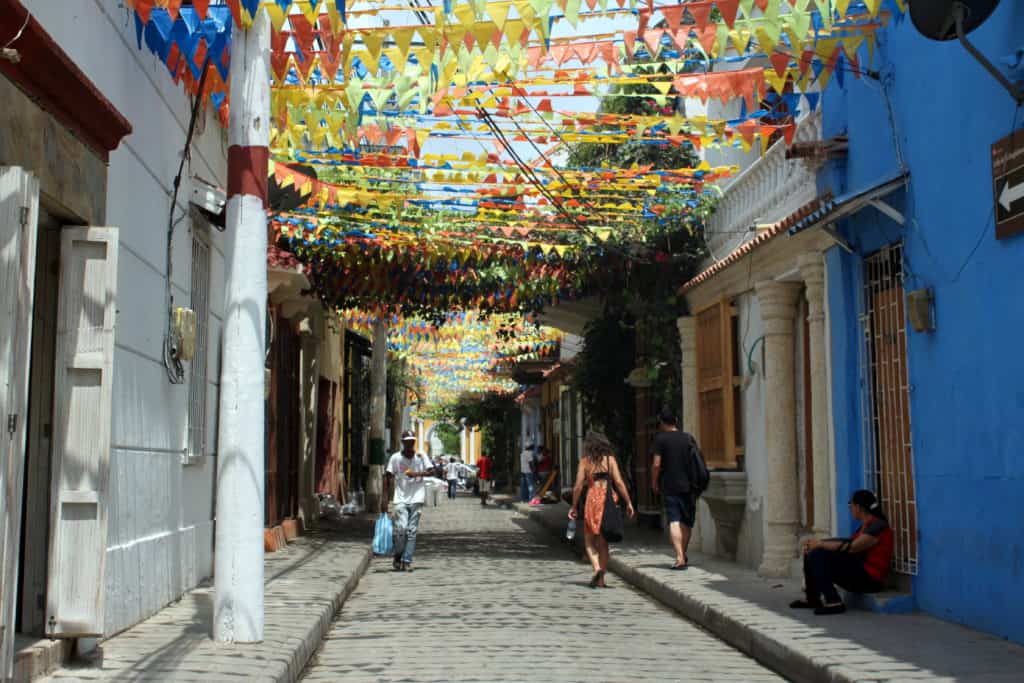
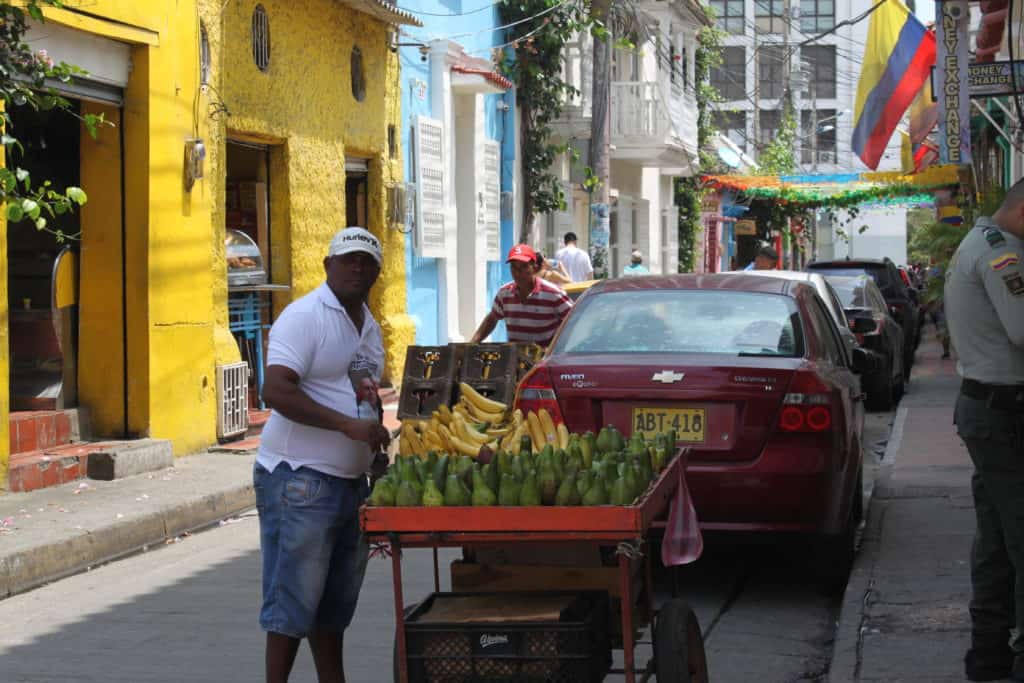
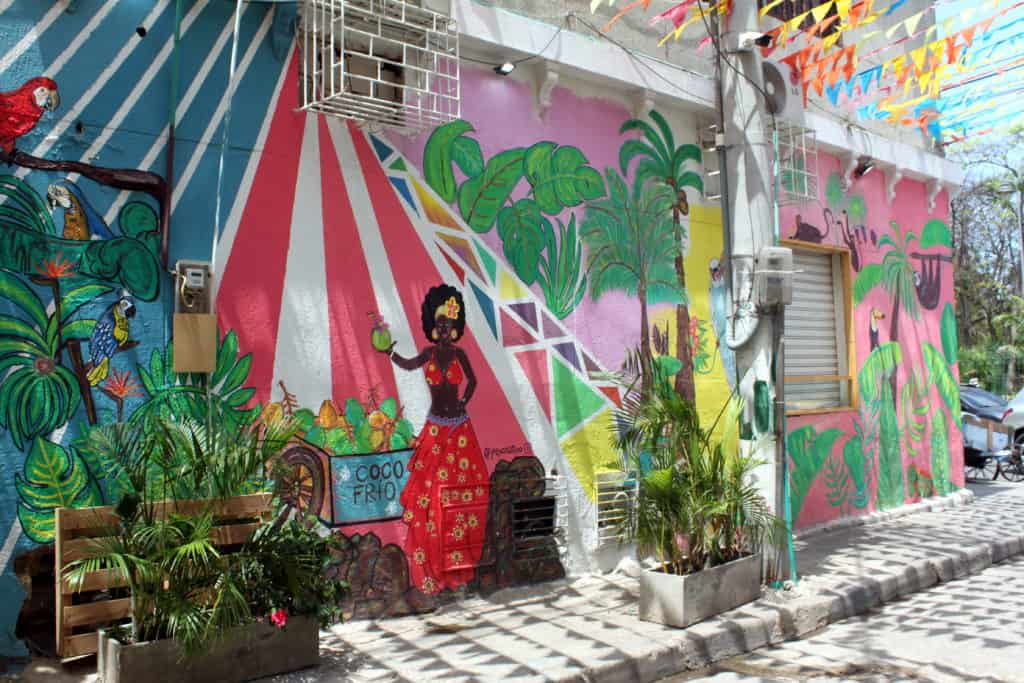
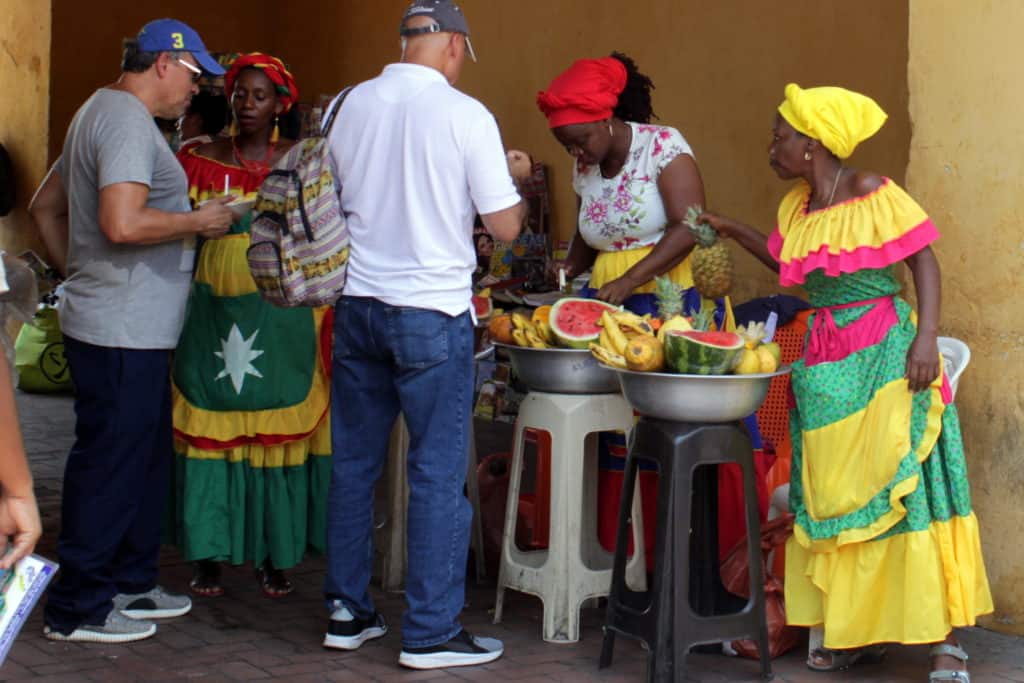
I am not sure that I can convey an accurate portrayal of this historic city but hopefully you will see how impressed we were with Cartagena through the pictures if not the prose. We literally carried our camera everyday and missed great photo ops as often as we captured some. People-watching was the best entertainment, from the workers to the locals to the artists. Various carts and trolleys brought many types of products to the streets and impromptu businesses occupied sidewalks and corners. Street art is visible everywhere, none of which is defaced. People hustle for a living, but we never felt harassed.

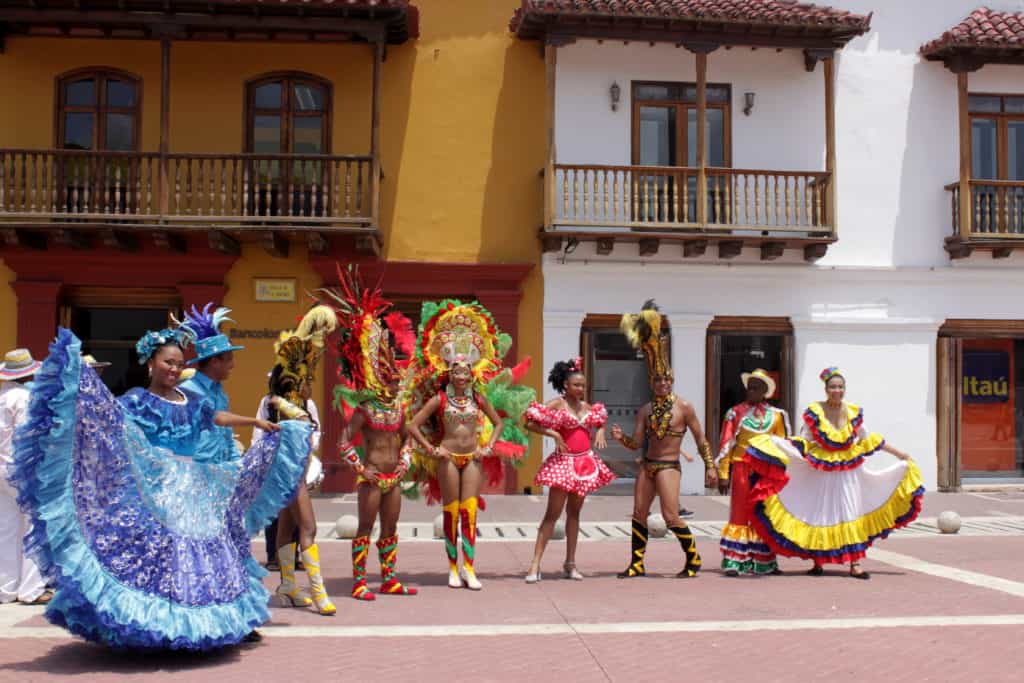

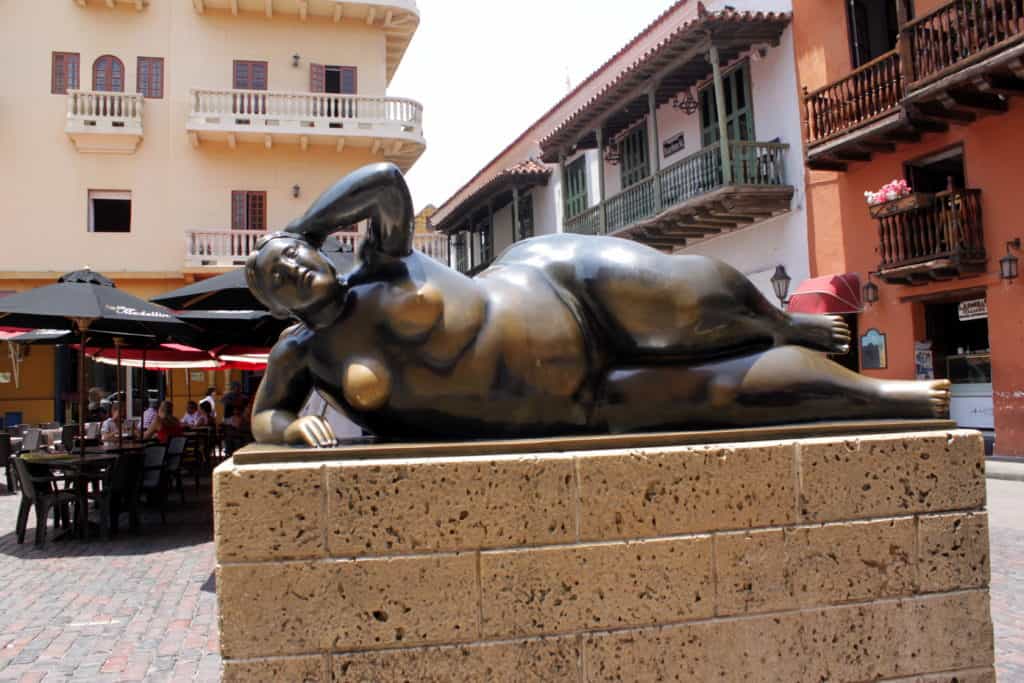
The Torre Del Reloj (clock tower) had dancers everyday and was the area to take a horse and carriage ride. The Bay of Souls is nearby and appropriately, they had a replica of a Spanish galleon. Plaza Bolivar had a statue of the great man and the Inquisition Museum (the reviews were poor, so we skipped this). Another plaza contained Botero’s bronze sculpture of “Fat Gertrude”. Little did we realise how much of his work we would see in Colombia. Another day, we went to Plaza San Pedro to see the church made from coral. This plaza also had many metal sculptures depicting different people in everyday life. We liked the vendor with his cart and the scholar at his desk. We heard of La Bovedas, large storerooms built into the city walls. These were originally meant to store munitions but now house souvenir shops. I was proud of my self-control, after all, I had just arrived on the continent and should save space for more interesting souvenirs.
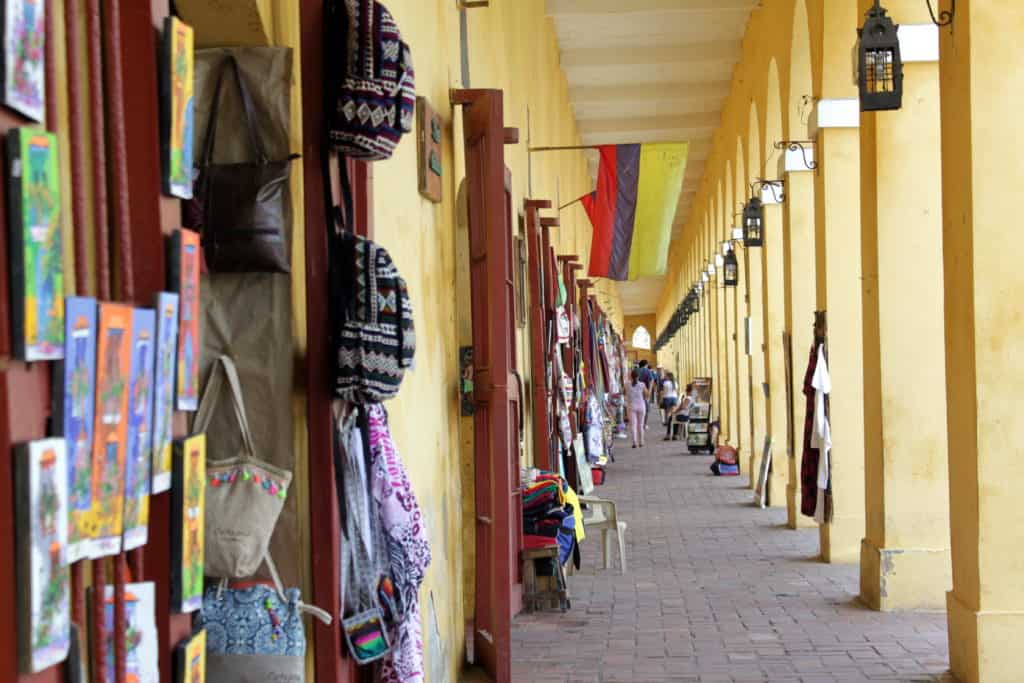
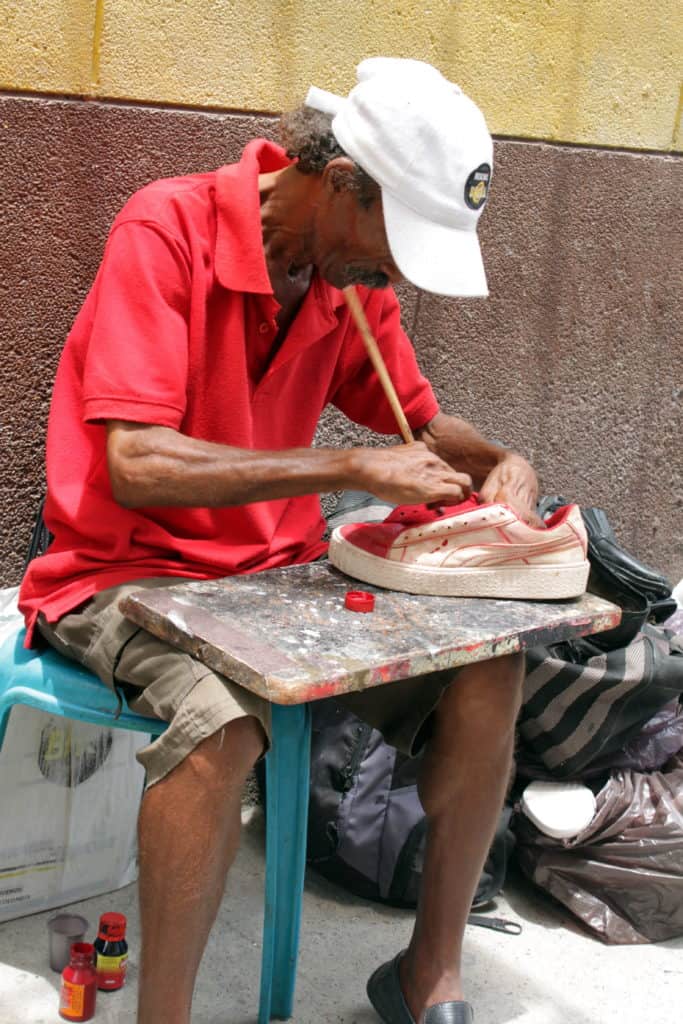
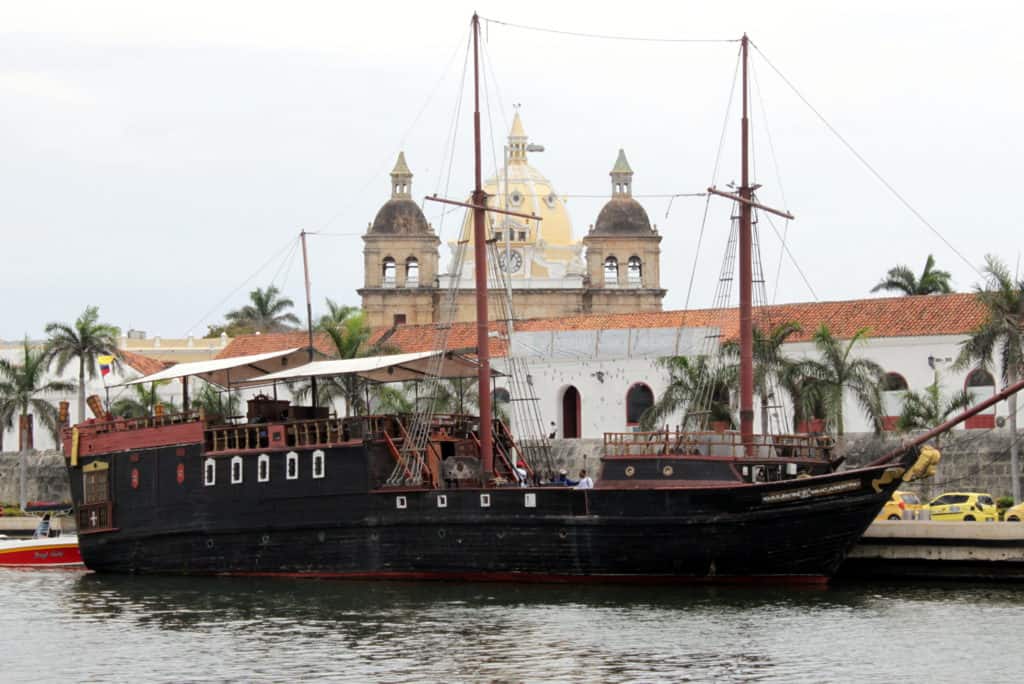


 Getsemani was our neighbourhood and is famous for it’s many murals. We started in Plaza De La Trinidad and strolled for hours admiring the murals, the architecture, the flowers and the street life. So much of our time was spent happily exploring and soaking up the atmosphere. Cartagena was all that I expected and more!
Getsemani was our neighbourhood and is famous for it’s many murals. We started in Plaza De La Trinidad and strolled for hours admiring the murals, the architecture, the flowers and the street life. So much of our time was spent happily exploring and soaking up the atmosphere. Cartagena was all that I expected and more!
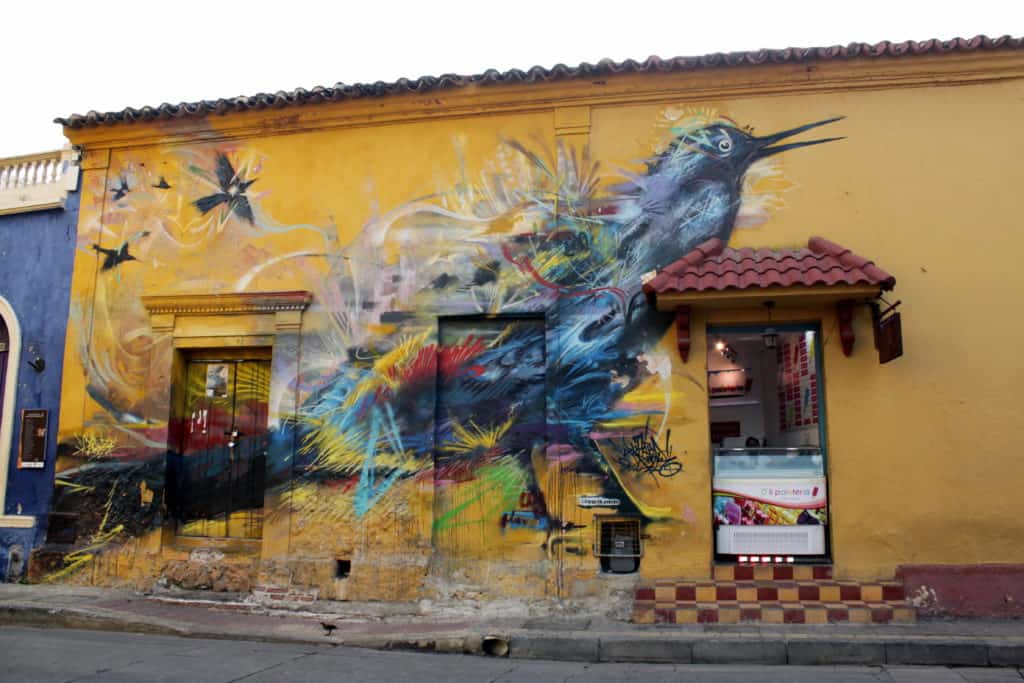
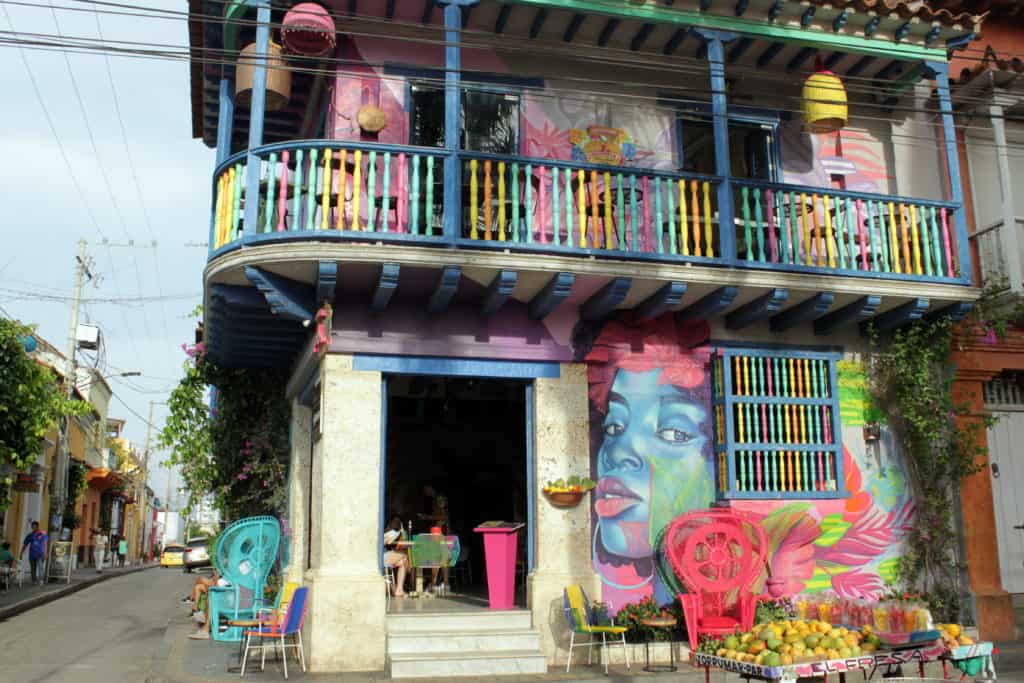
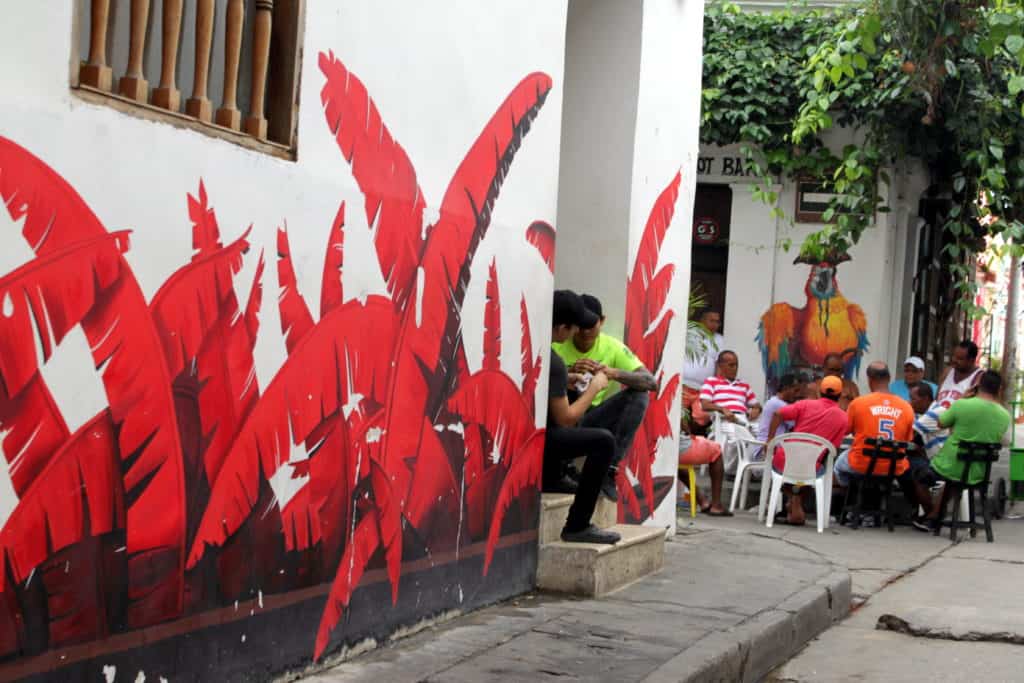

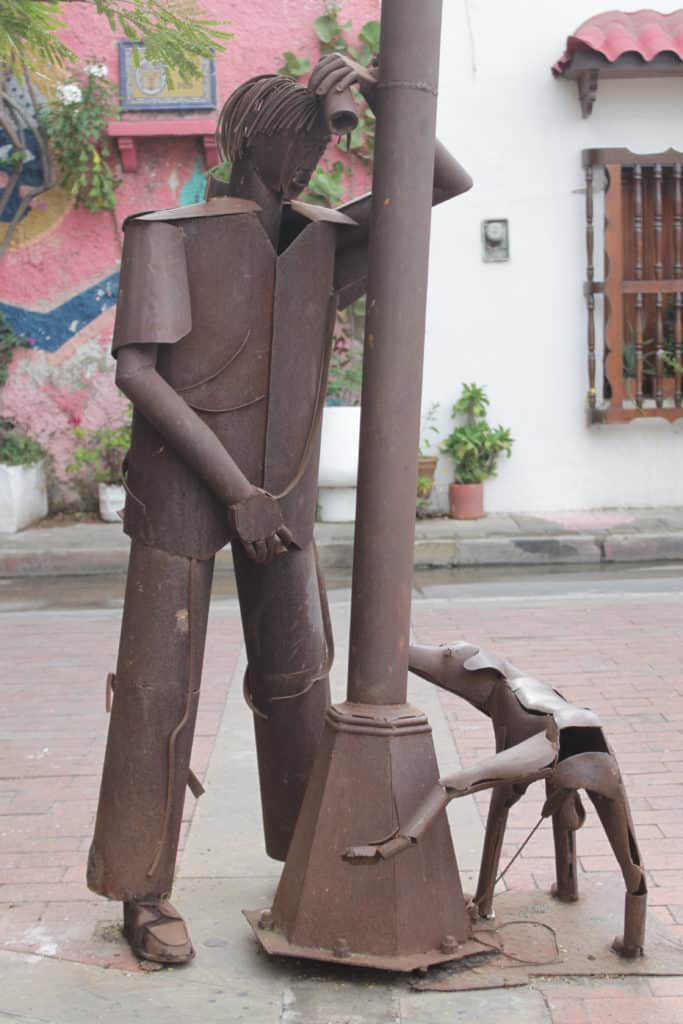 After a very quick week, our truck arrived, and we left lively Cartagena. We were tired of the heat and no longer had air-conditioning, so we headed for the mountains. Colombia has three mountain ranges running north-south so when you cross the country, you cross the mountains. Needless to say, this is not as easy as it appears on the maps. After a night with some of the Overlanders we all went in different directions. Even the major highways tend to be slow due to the heavy truck traffic, the twisty roads and the constant elevation changes. We enjoyed the unusual traffic signs and the variety of vehicles sharing the road. Signs that you do not see at home included: Anteater, Tortoise, Lizard, Dog, Snakes, Alligator, Armadillo, Iguana, Fox, and Goats. Of course, getting a picture of these signs is almost impossible but we got a few. The traffic is an interesting collection of trucks, cars, tuk-tuks, bicycles, colourful buses and hordes of motorbikes. The majority of people can only afford these motor bikes, so they transport EVERYTHING on them. The best one I saw was a guy carrying six plastic chairs and a large garbage can. Good balance!
After a very quick week, our truck arrived, and we left lively Cartagena. We were tired of the heat and no longer had air-conditioning, so we headed for the mountains. Colombia has three mountain ranges running north-south so when you cross the country, you cross the mountains. Needless to say, this is not as easy as it appears on the maps. After a night with some of the Overlanders we all went in different directions. Even the major highways tend to be slow due to the heavy truck traffic, the twisty roads and the constant elevation changes. We enjoyed the unusual traffic signs and the variety of vehicles sharing the road. Signs that you do not see at home included: Anteater, Tortoise, Lizard, Dog, Snakes, Alligator, Armadillo, Iguana, Fox, and Goats. Of course, getting a picture of these signs is almost impossible but we got a few. The traffic is an interesting collection of trucks, cars, tuk-tuks, bicycles, colourful buses and hordes of motorbikes. The majority of people can only afford these motor bikes, so they transport EVERYTHING on them. The best one I saw was a guy carrying six plastic chairs and a large garbage can. Good balance!
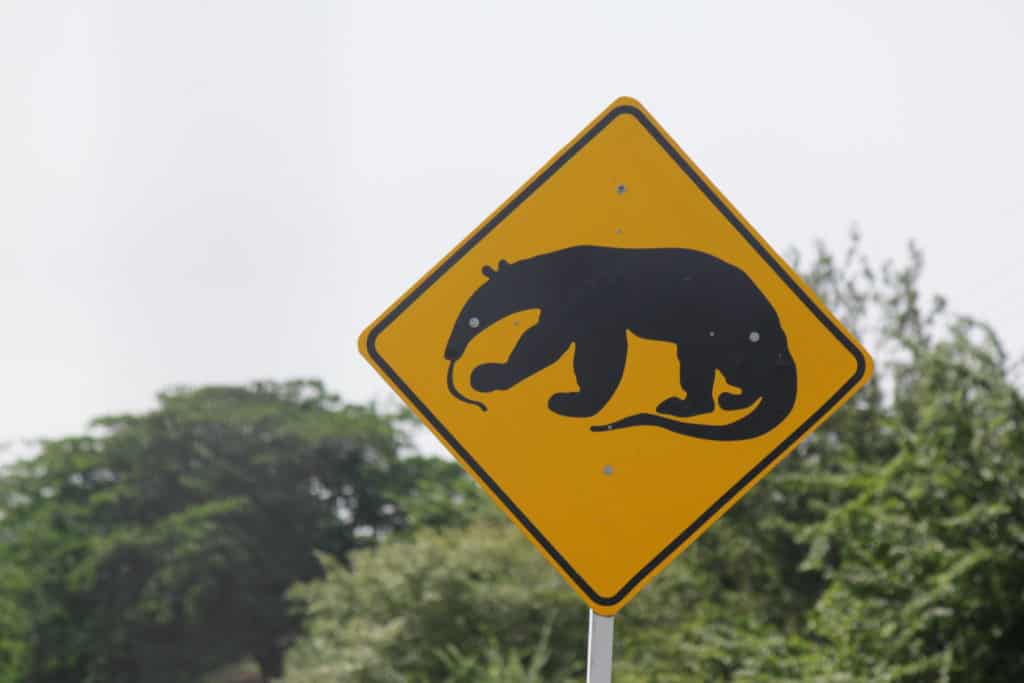
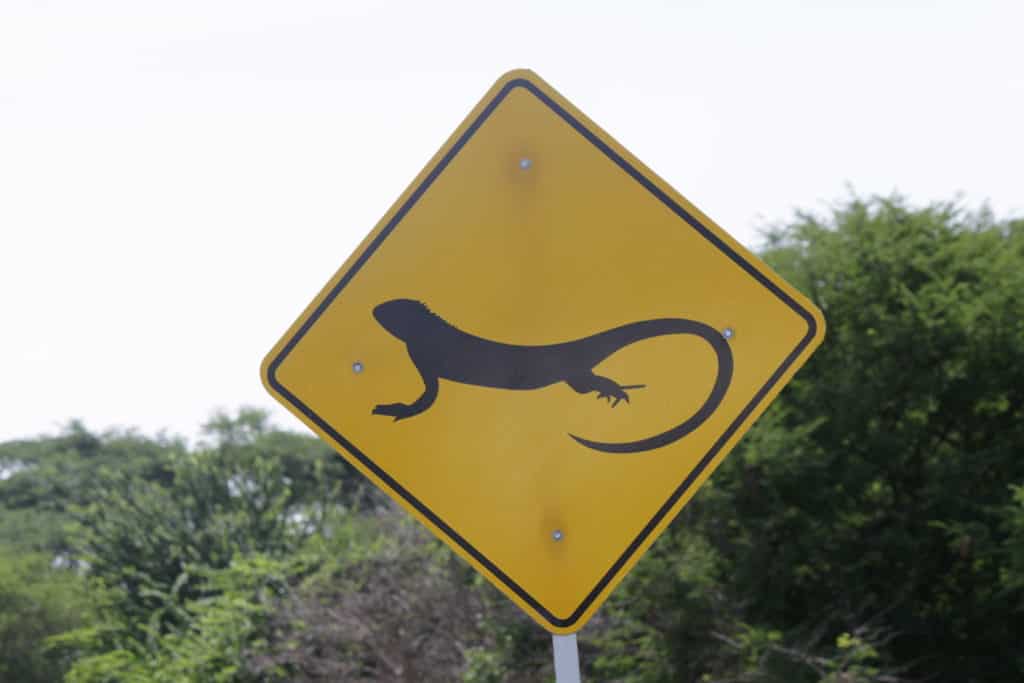
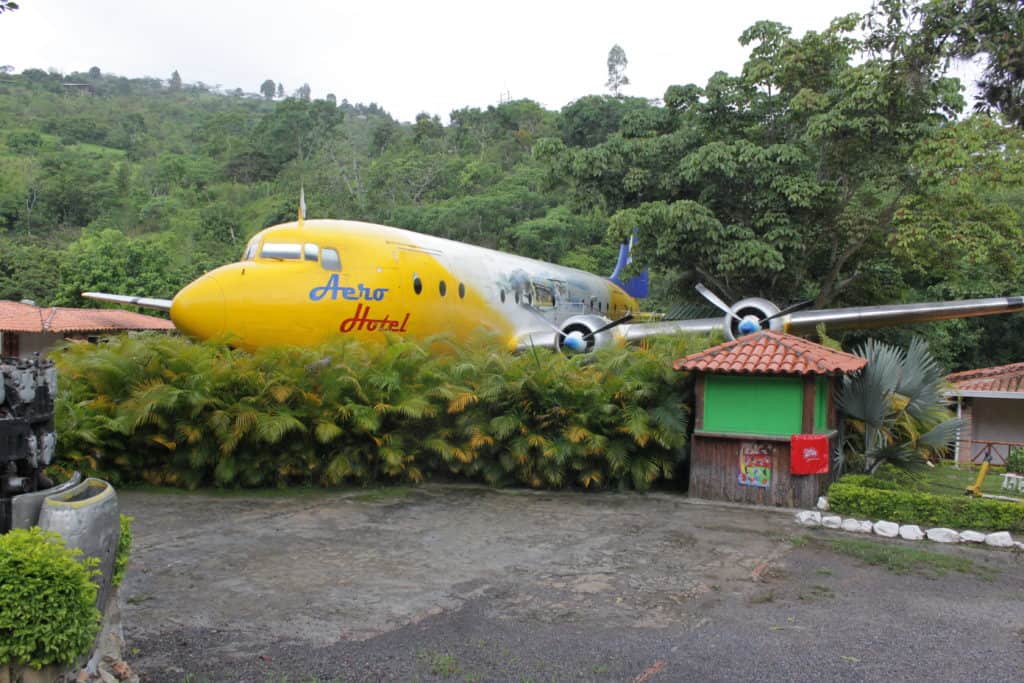
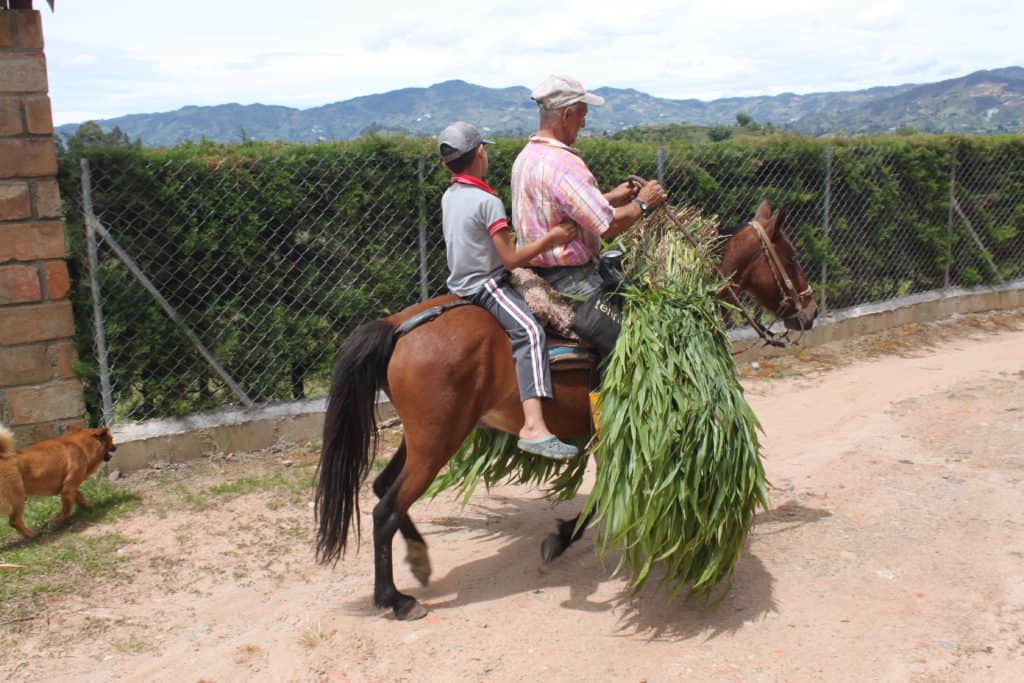
The scenery is spectacular. The Andes are high, rugged and lush. They are interspersed with spectacular ravines and valleys and lots of water: rivers, lakes, waterfalls and streams. The vegetation ranges from cactus to pine forests and from tropical vines to flowering deciduous trees. It is a constant feast for your eyes.

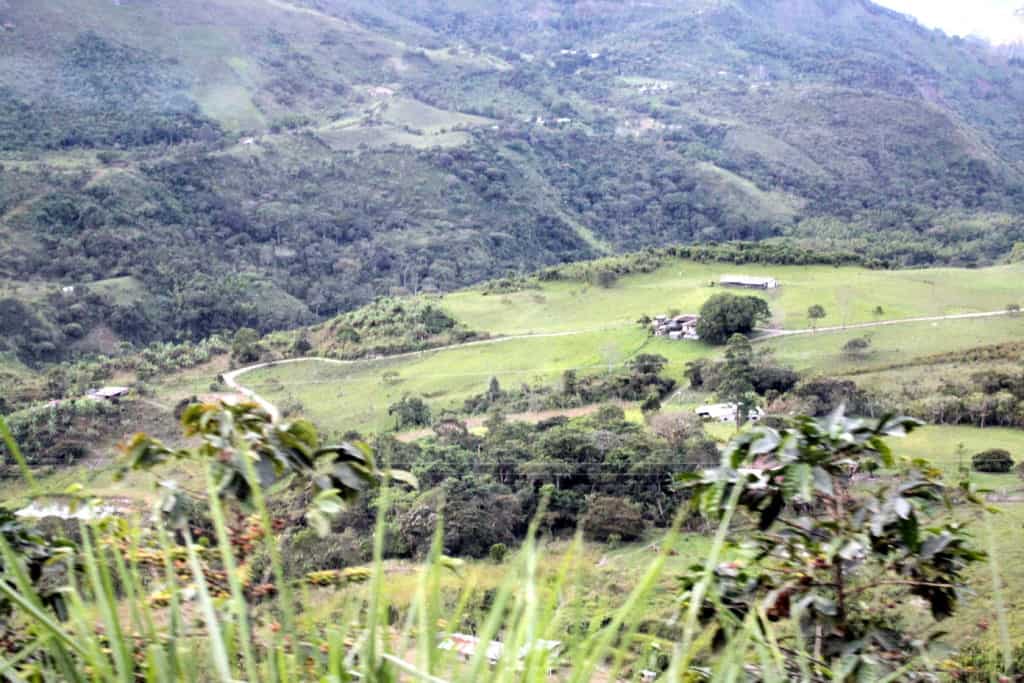
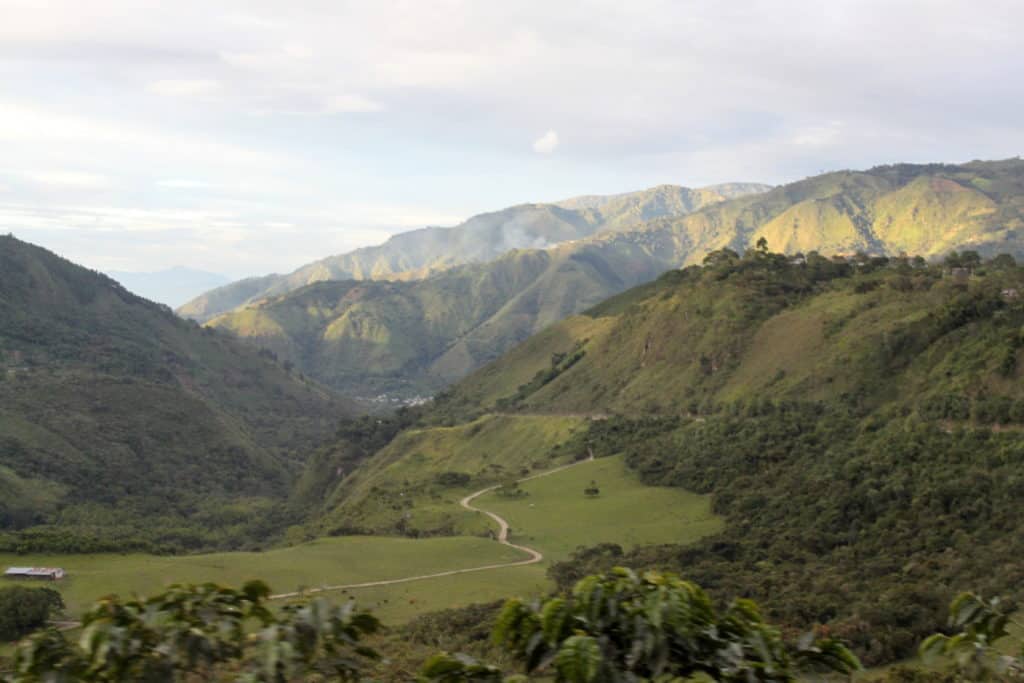 After a frightful arrival in Bucaramanga (at night, in rush hour, along narrow streets), we did a much-needed grocery shop and got out of town. Our destination was Barichara. The steep, narrow roads made this short drive a lot longer than anticipated. When you have no passing lanes you travel at 20-30 kmph, just like the heavily loaded large trucks. Fortunately, it was all worthwhile when we arrived at Guaimaro Finca. This was paradise. Joep and Julia have transformed a tobacco farm into a beautiful home and an oasis for Overlanders. The spot overlooks a valley and the next ridge of mountains and is lush and green. The weather was on the cool side as we were at 4,000 feet elevation, which suited us just fine. To complete this perfection, our Overlander buddies from Cartagena all arrived except for one vehicle.
After a frightful arrival in Bucaramanga (at night, in rush hour, along narrow streets), we did a much-needed grocery shop and got out of town. Our destination was Barichara. The steep, narrow roads made this short drive a lot longer than anticipated. When you have no passing lanes you travel at 20-30 kmph, just like the heavily loaded large trucks. Fortunately, it was all worthwhile when we arrived at Guaimaro Finca. This was paradise. Joep and Julia have transformed a tobacco farm into a beautiful home and an oasis for Overlanders. The spot overlooks a valley and the next ridge of mountains and is lush and green. The weather was on the cool side as we were at 4,000 feet elevation, which suited us just fine. To complete this perfection, our Overlander buddies from Cartagena all arrived except for one vehicle.
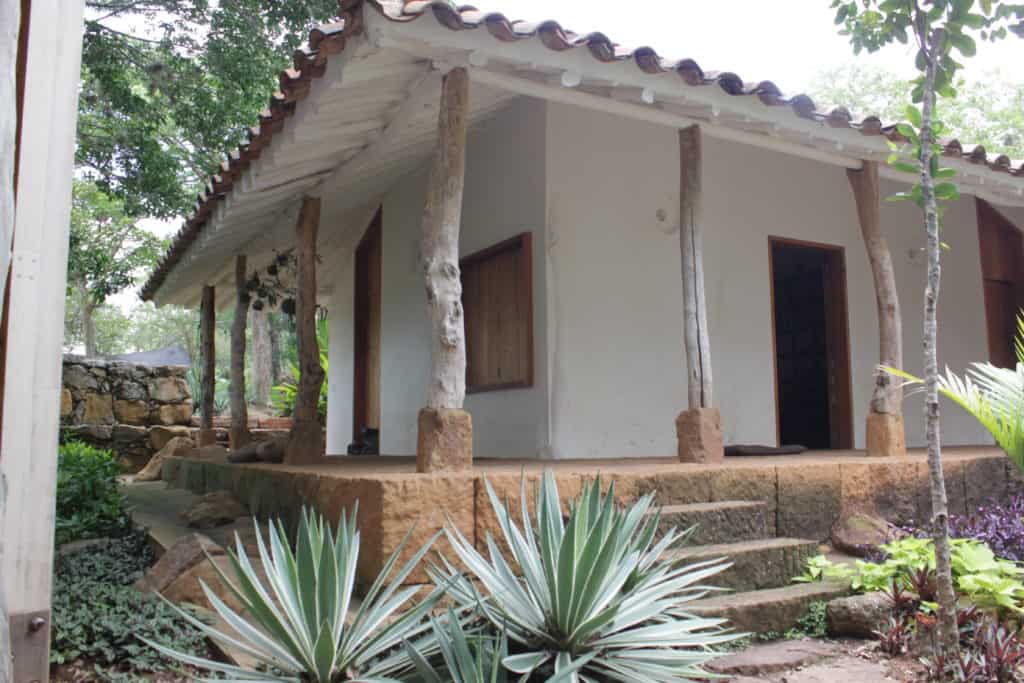


Barichara is a” Pueblos Patrimonios”, which means that it is a historical town worthy of preservation. The entire town is picture-perfect Andulusian architecture: white houses, red tile roofs, wooden shutters and cobblestone streets. The agricultural economy has changed so this small town is turning to tourism to keep it alive. It is like walking into a place frozen in time. It is charming, peaceful and serves excellent food in its many cafes. We thoroughly enjoyed our time there.
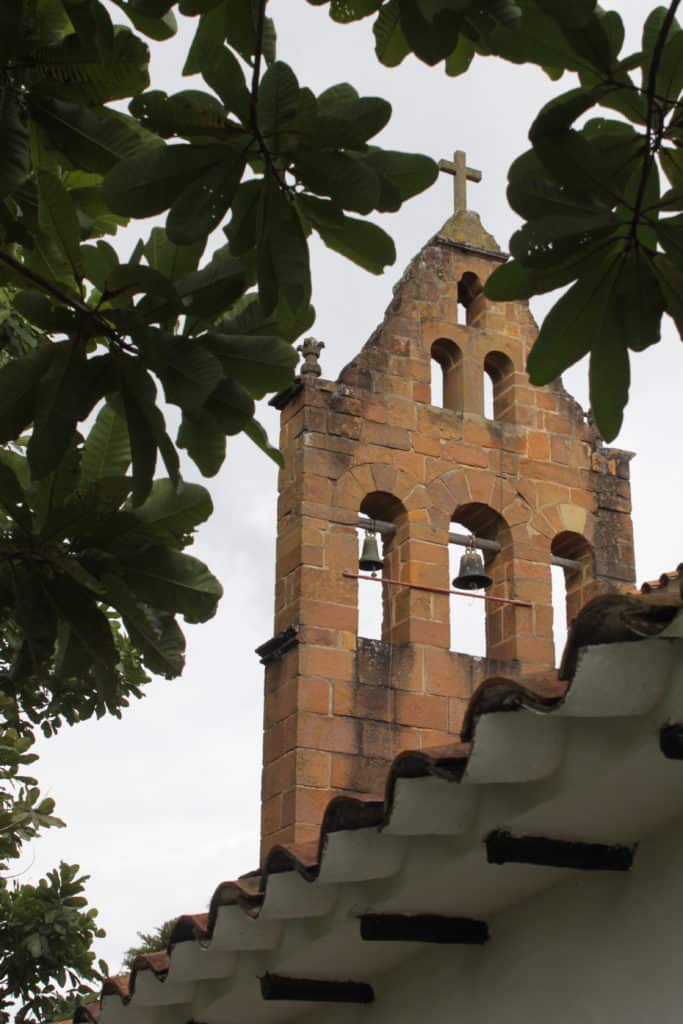

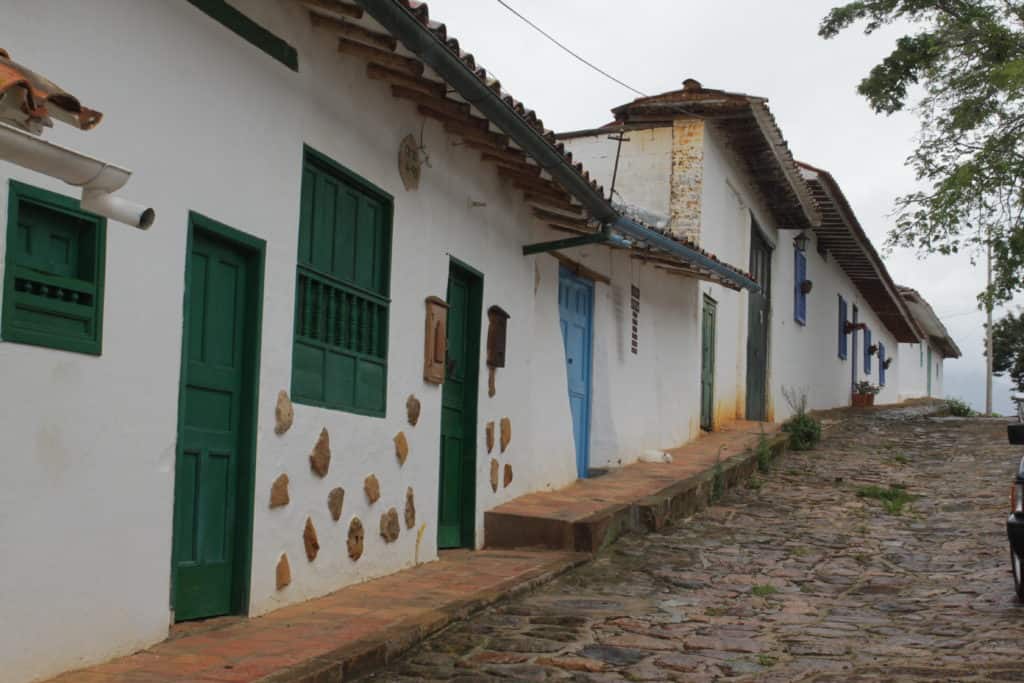

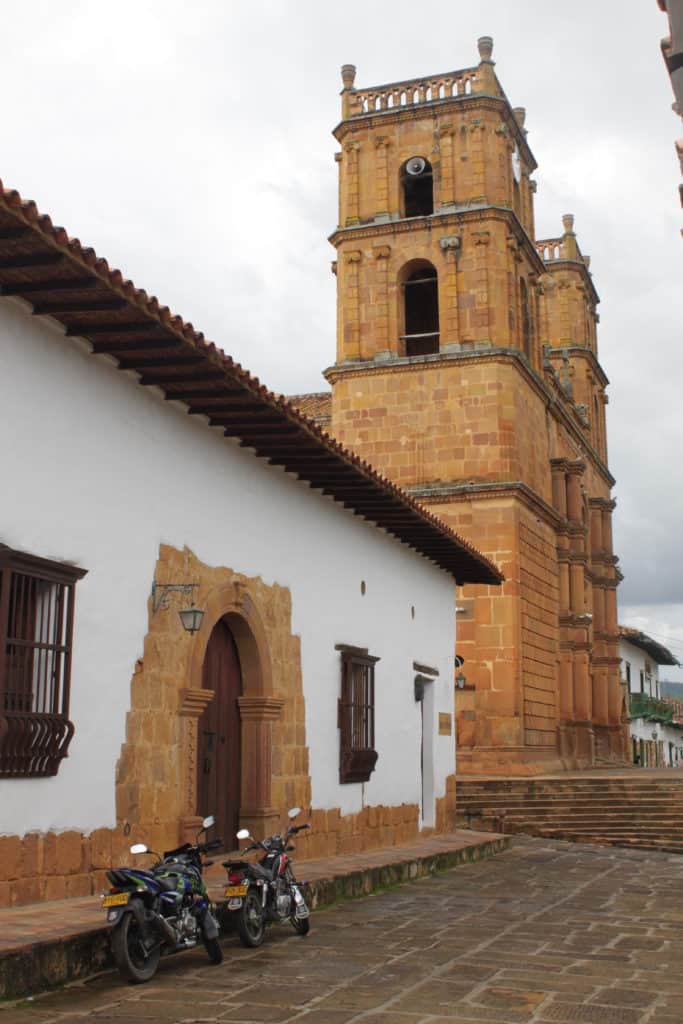
The highlights were the elaborately carved headstones in the cemetary and the paper-making studio. The headstones represented each person’s life and passions; musical instruments, tools of their trade, favourite hats, etc. The paper studio had a large garden containing all the needed ingredients. Each plant was labelled, and the variety surprised us: Papyrus from Egypt, linen, cotton, jute, corn, cacao, cactus and even marijuana. We decided against the marijuana paper and bought paper earrings instead. The other interesting experience was to try the local speciality; Big-Assed Ants. These are the princess ants captured on their inaugural flight to mate and create new colonies. They weren’t exactly a taste treat and we had hard bits stuck in our teeth and throats later.

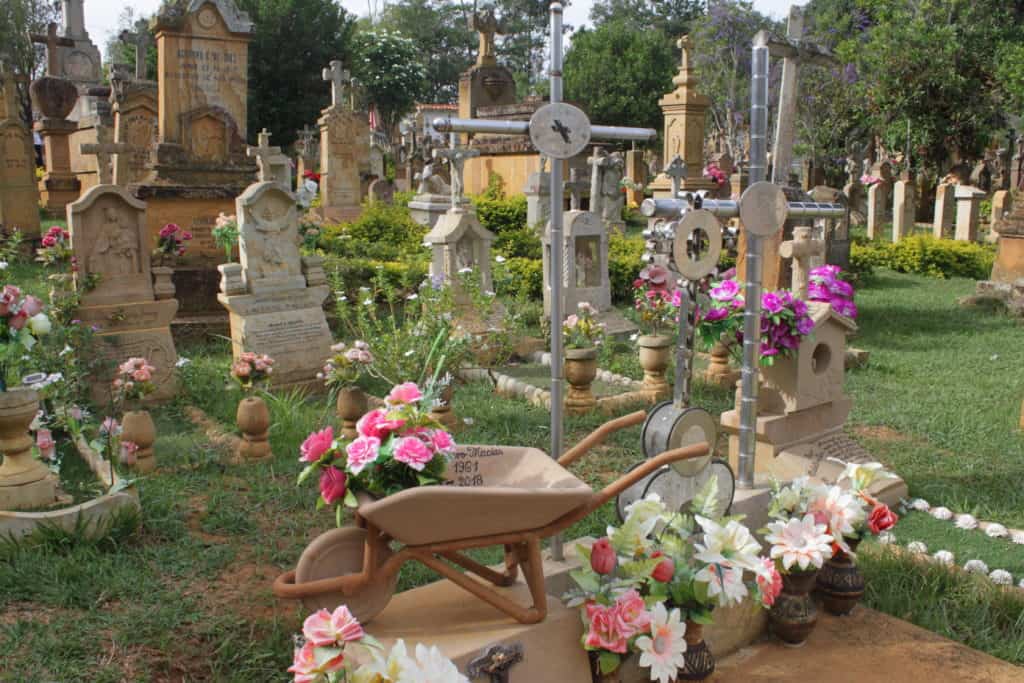

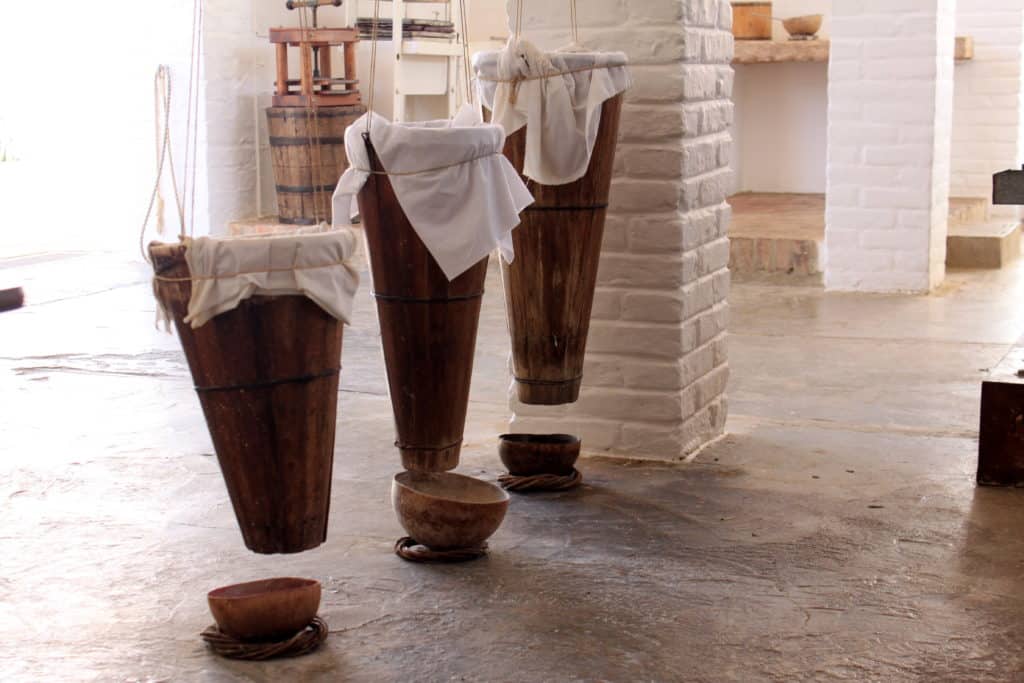
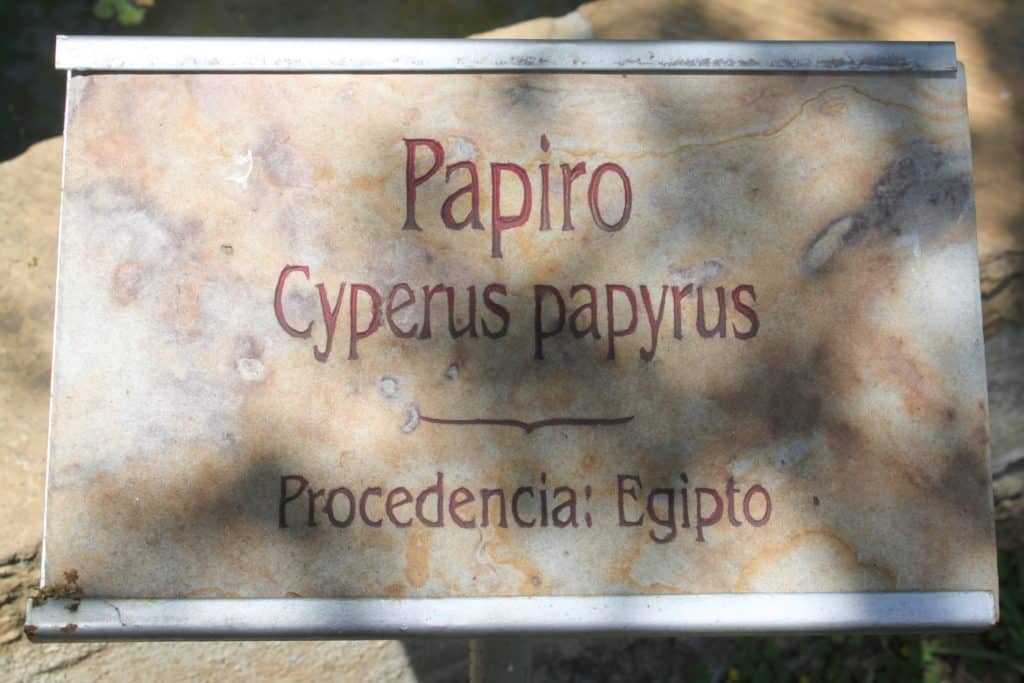

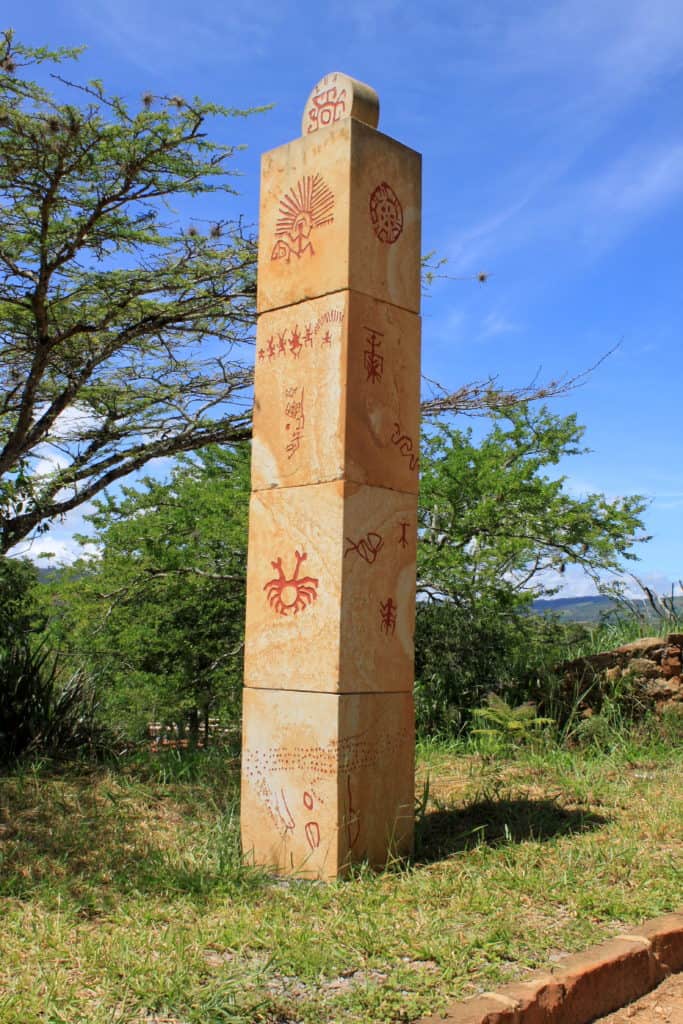
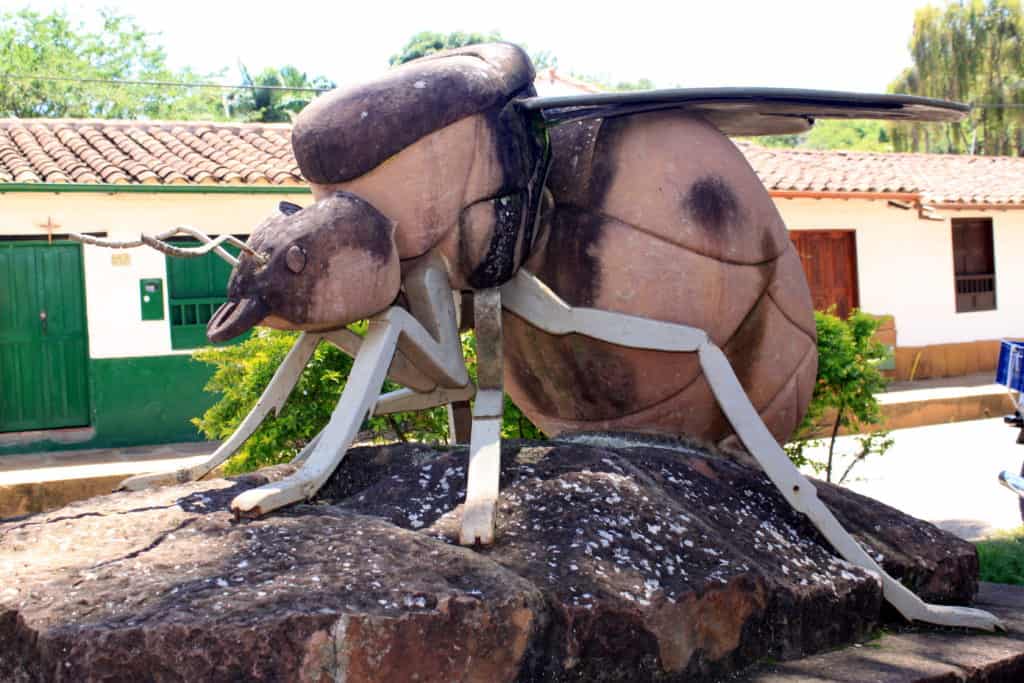
We then moved on to Villa De Leyva, another colonial town. This city was larger and had a more diverse economy, so it has continued to thrive. Our accommodation and the company of friends made this a lovely stay. We visited the Azul pools and the Terracotta House on our first day. The house is a work in progress, a 5400 sq. ft. home made entirely of local clay. Octavio Mendoza (the architect) describes it as the world’s largest piece of pottery. I felt that it had a Gaudi-style ambience; the flowing lines and imaginative embellishments made it quite magical. Most of the furnishings are built-in and tilework is the primary decorative medium. Wrought iron is used for light fixtures, chairs, handles and window security. Oddly, all of the window coverings are made into insects. Not a home for those who dislike creepy-crawlies. The property included outbuildings, landscaped grounds, a pond and more iron artwork. We were quite enchanted with the entire experience.


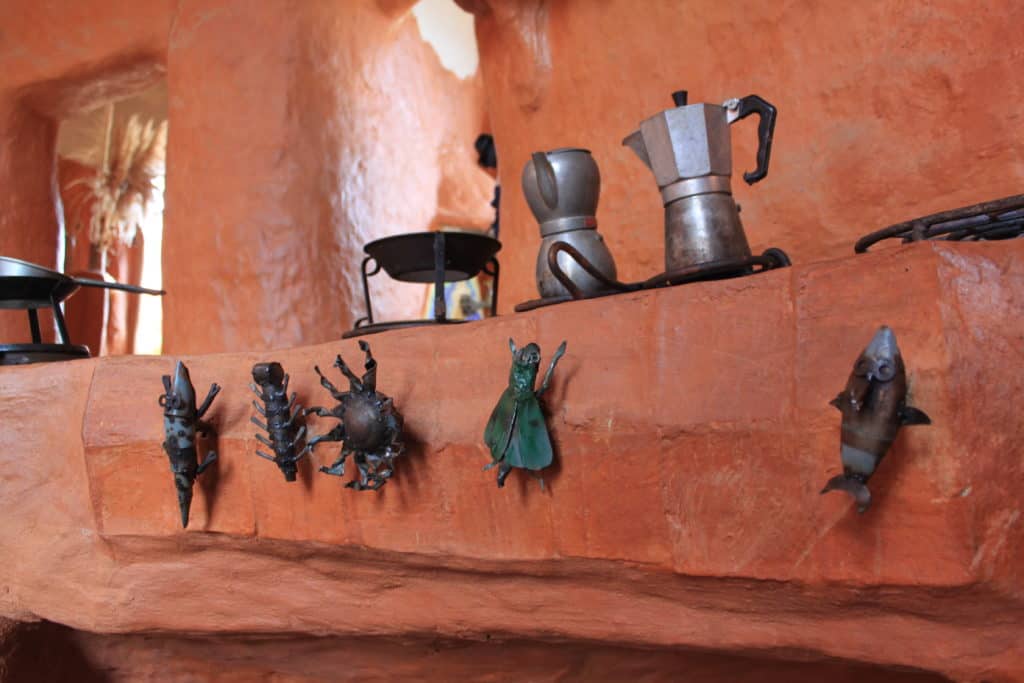
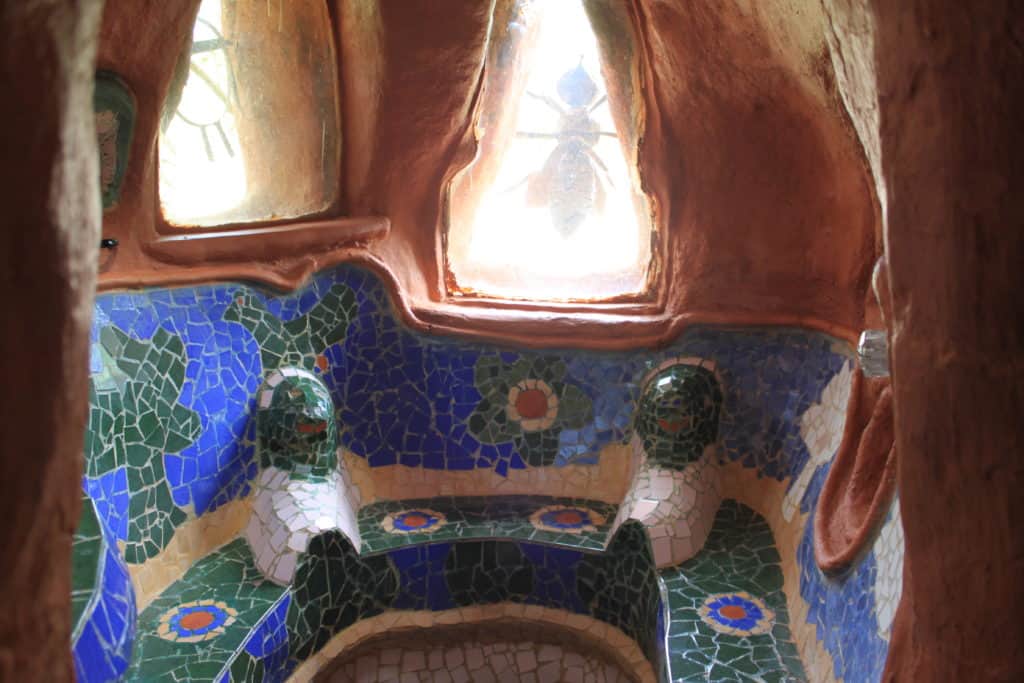
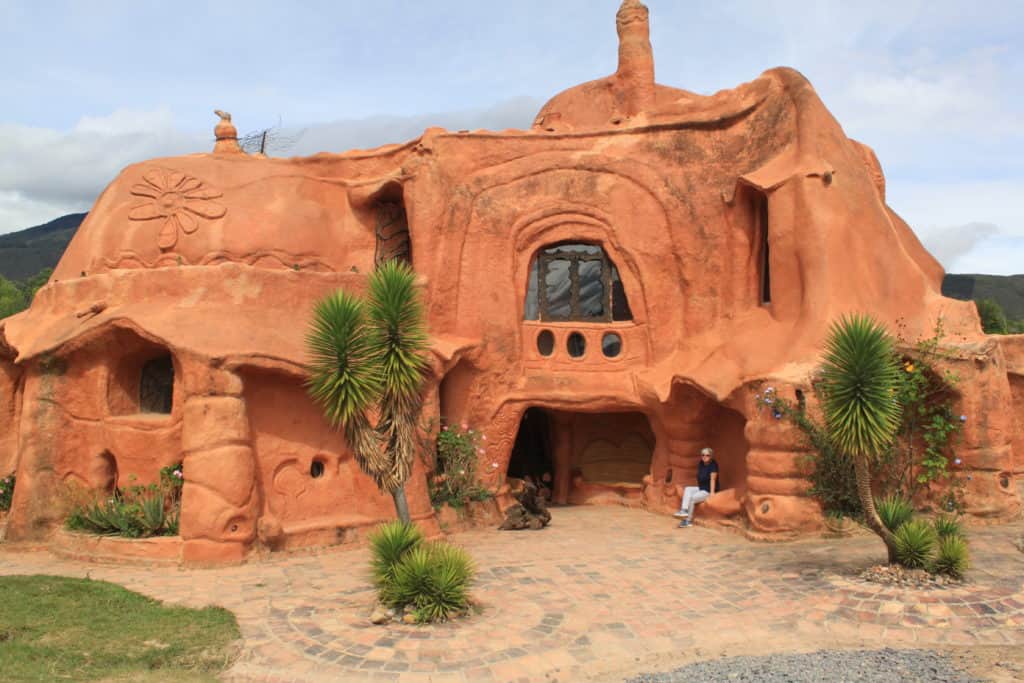
Villa De Leyva boasts one of the largest plazas in South America at 14,000 sq. meters. It was quite grand. The buildings here were two stories, simple in design and hid delightful courtyards. The next day was the 447th birthday for the town. The large square was full of market stalls, food stalls and entertainment. We were delighted. We did our best to capture images to share.
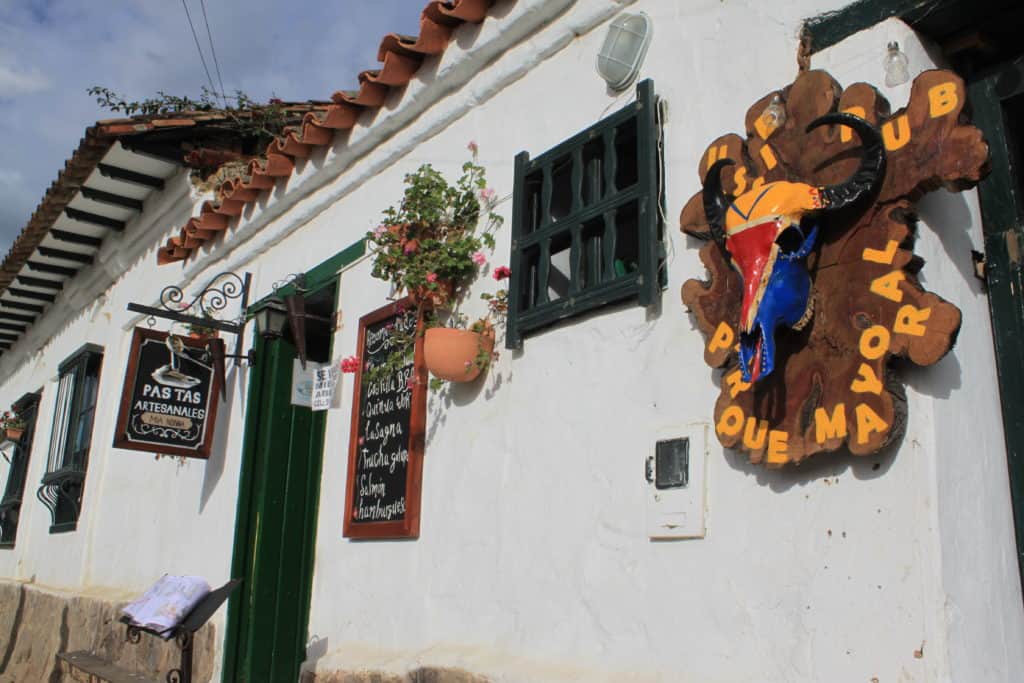

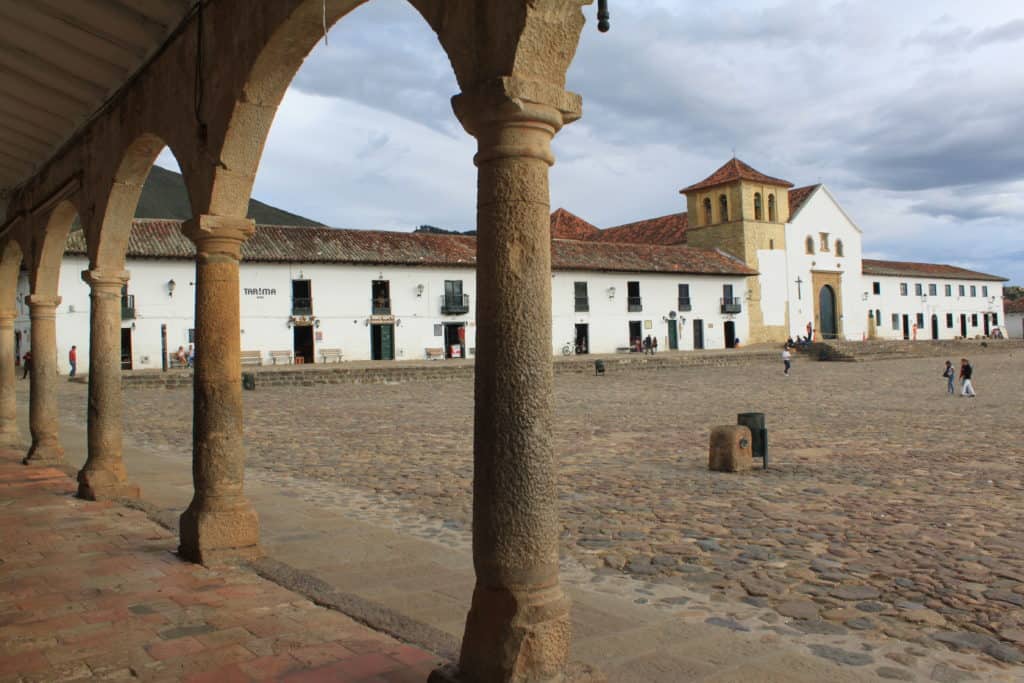

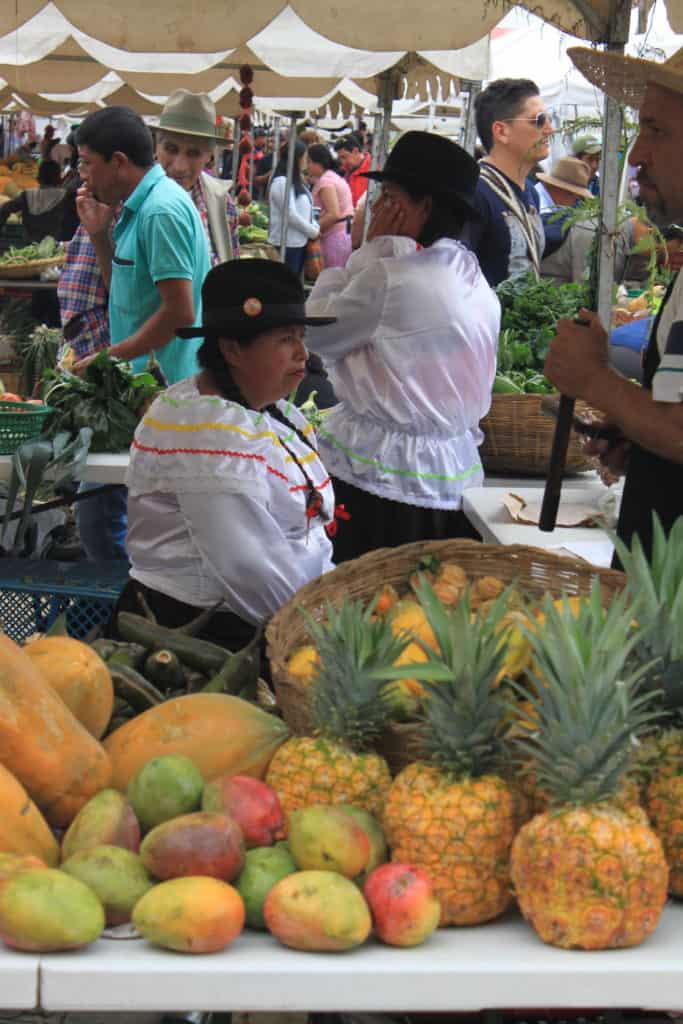
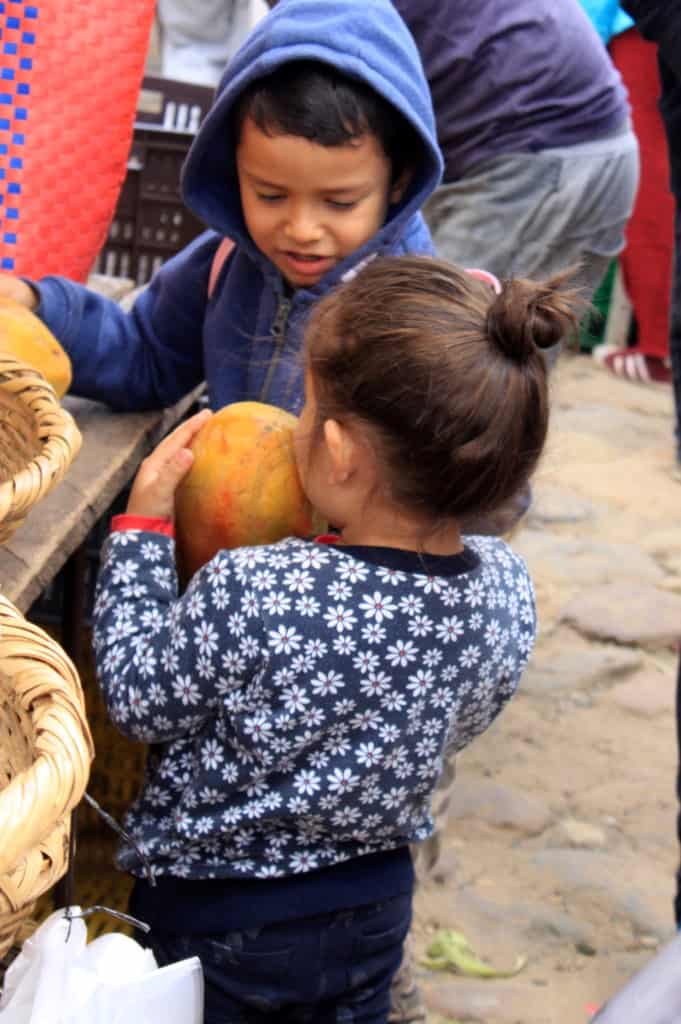

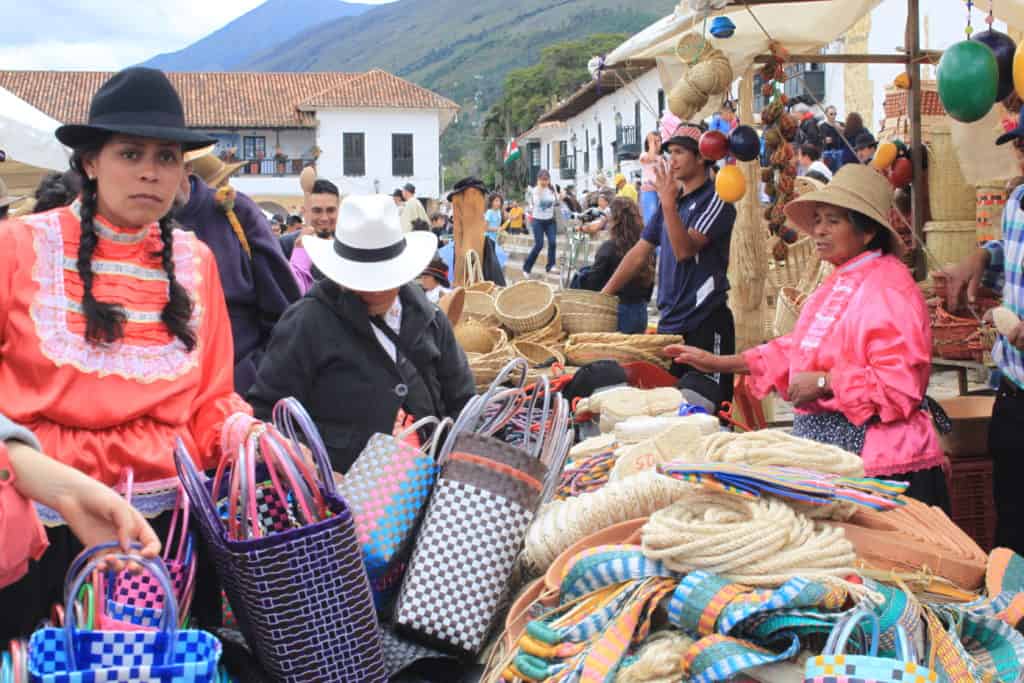
Our next destination was Zipaquira, home of the Salt Cathedral. This salt mine was originally started by the indigenous people, the Musica, centuries ago. It has provided salt for hundreds of years and is predicted to last another 500 years. Miners first constructed an alter dedicated to Mary near the entrance to the main tunnel. As the mine tunnels expanded, they enlarged their shrine. It is now a 75 meter by 18 meter Cathedral. The fourteen Stations of the Cross are carved from stone and are along the tunnels leading to the Cathedral. We were 180 meters below ground by the time we reached the massive church. It was impressive.
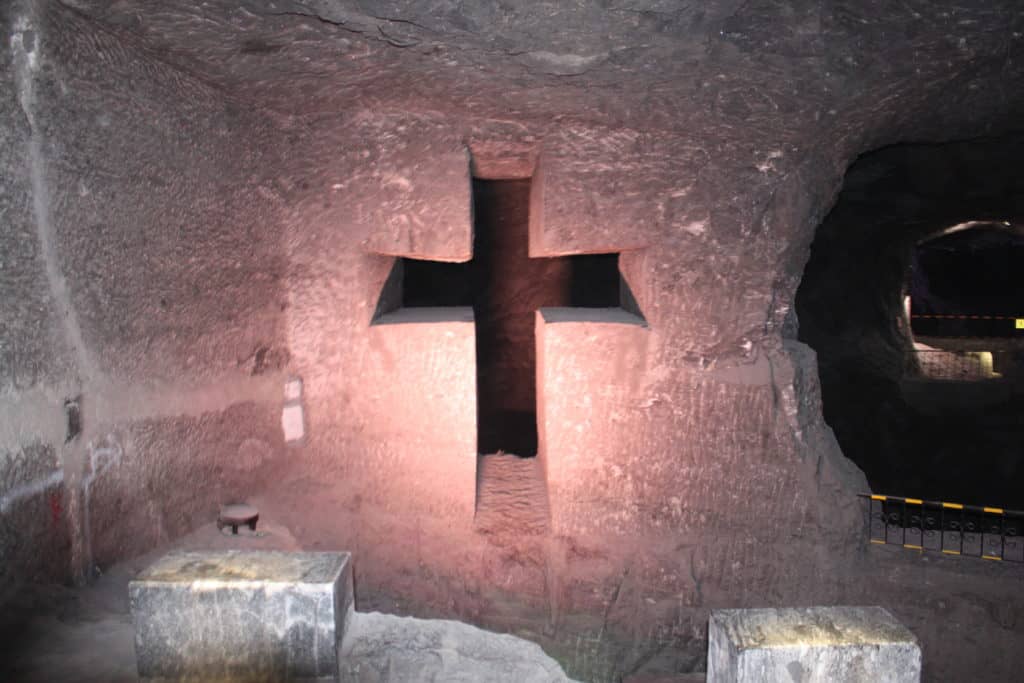
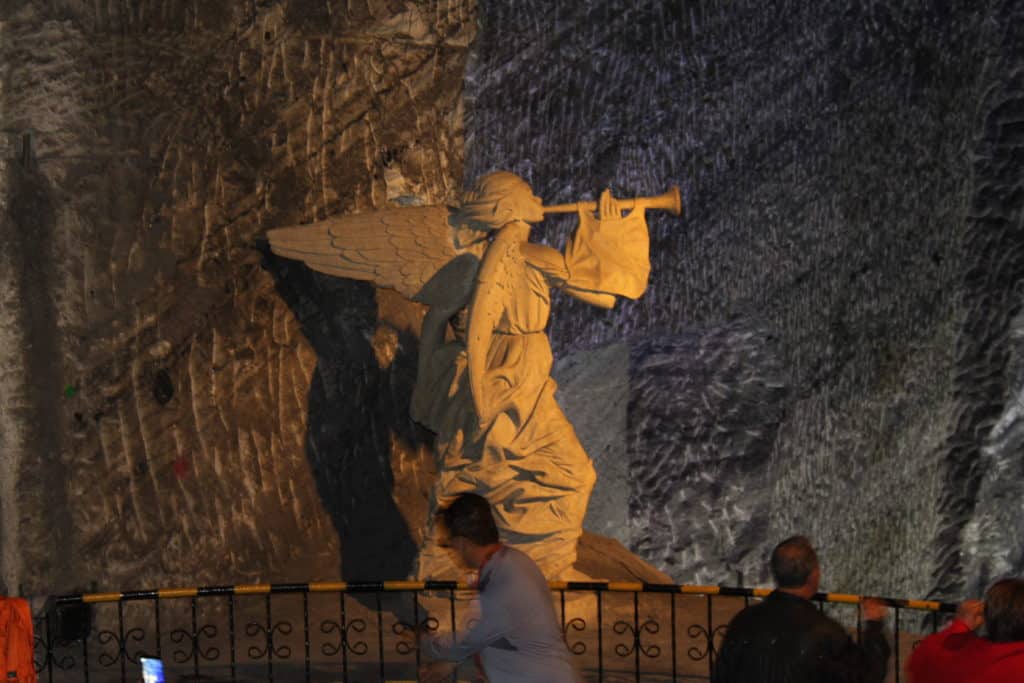



Bogota had its moments but did not inspire any excess promotion. There were entire plazas devoted to used-book sales, so I happily found some English novels. Then I was horrified when the salesman wanted $8.00 for a used paperback. What did he take me for? A rich tourist? We visited Fernando Botero’s gallery, which had 122 paintings but only one sculpture. His work is growing on me. We also took a guided city tour and enjoyed the graffiti in the Candeleria area. That evening we dined in a fancy French restaurant in honour of Doug’s birthday. Another senior citizen joins the ranks.

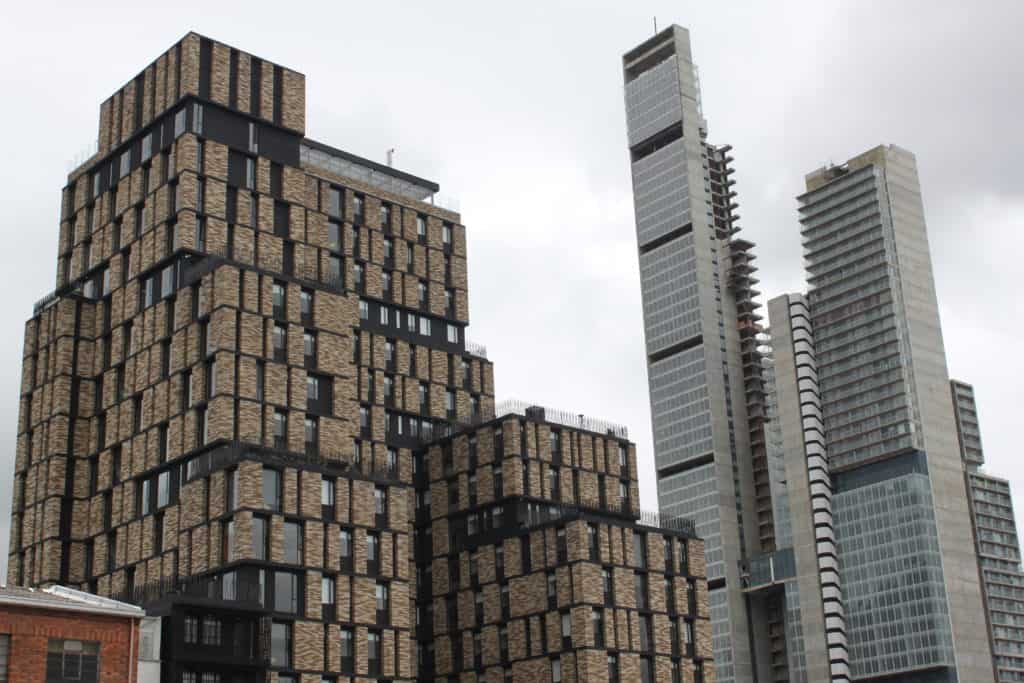
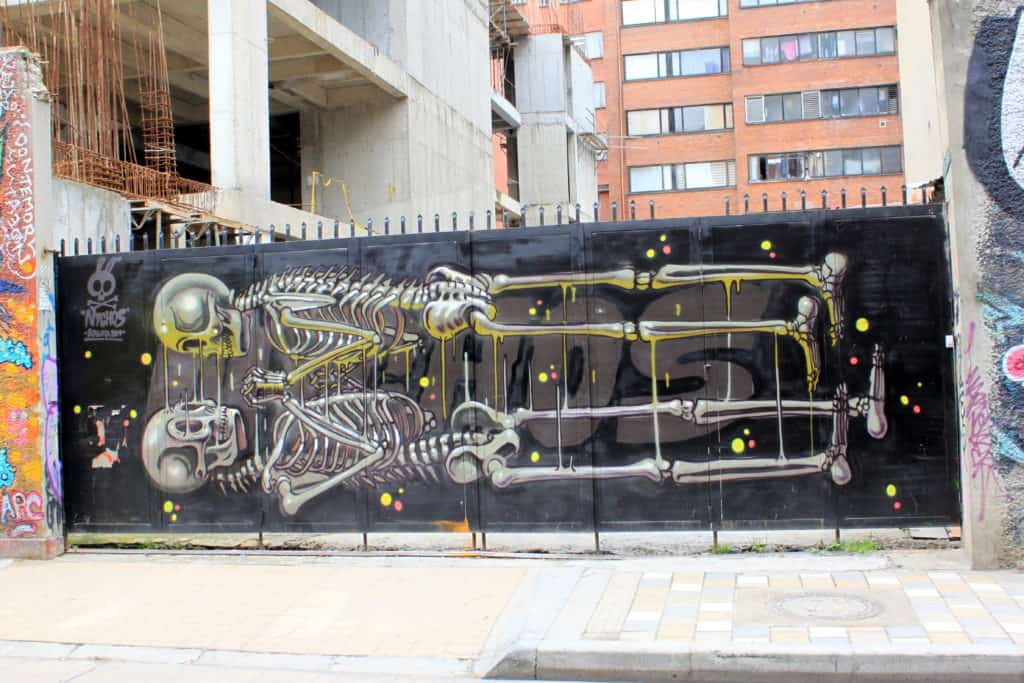


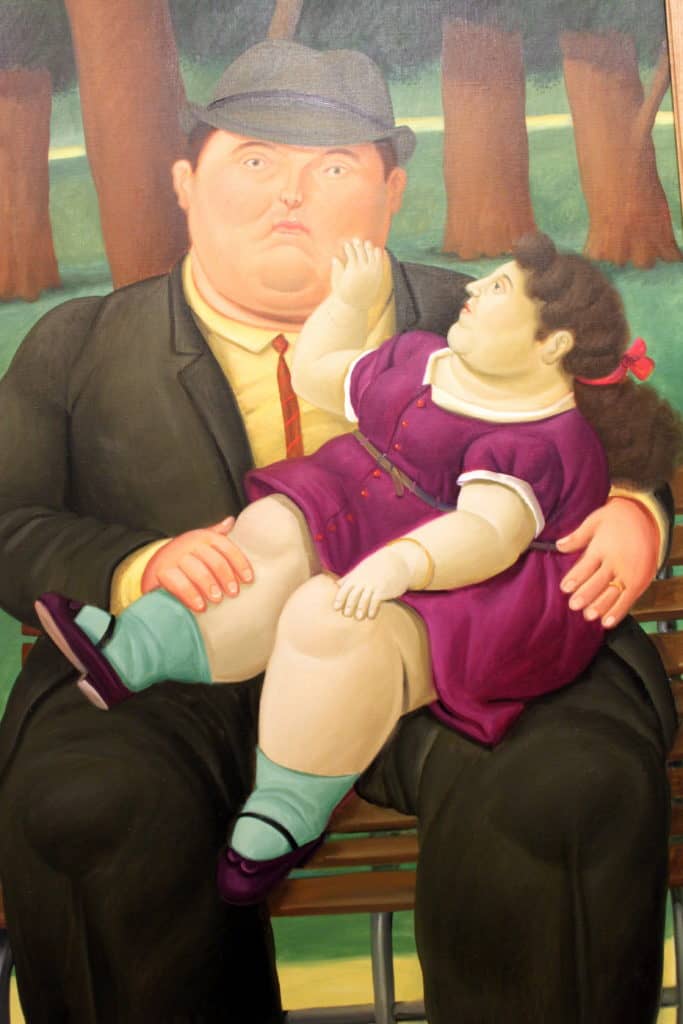
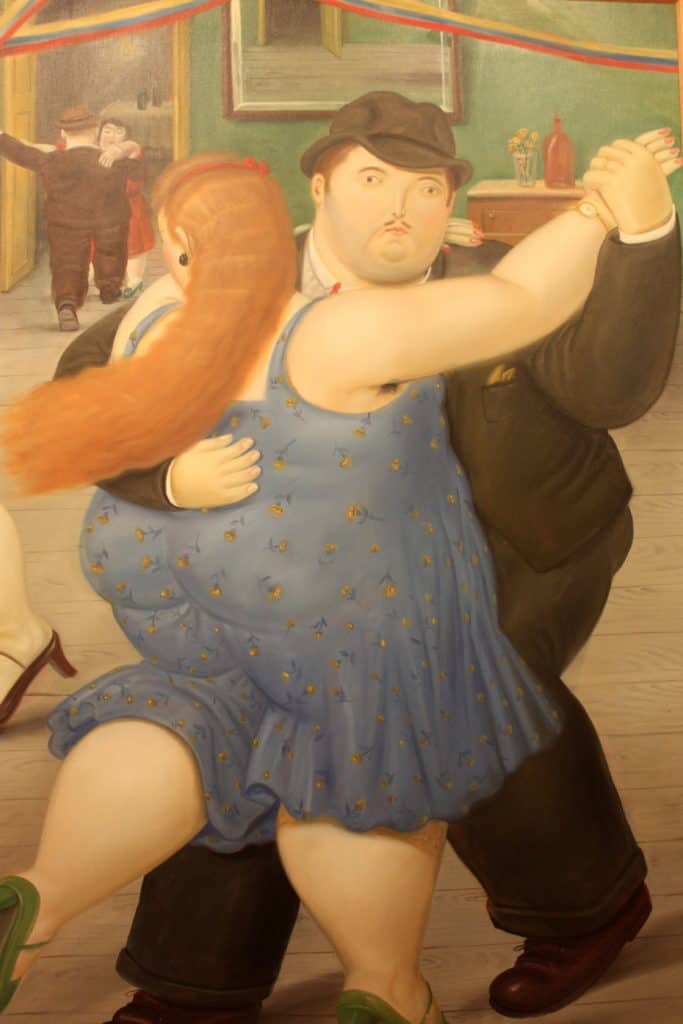

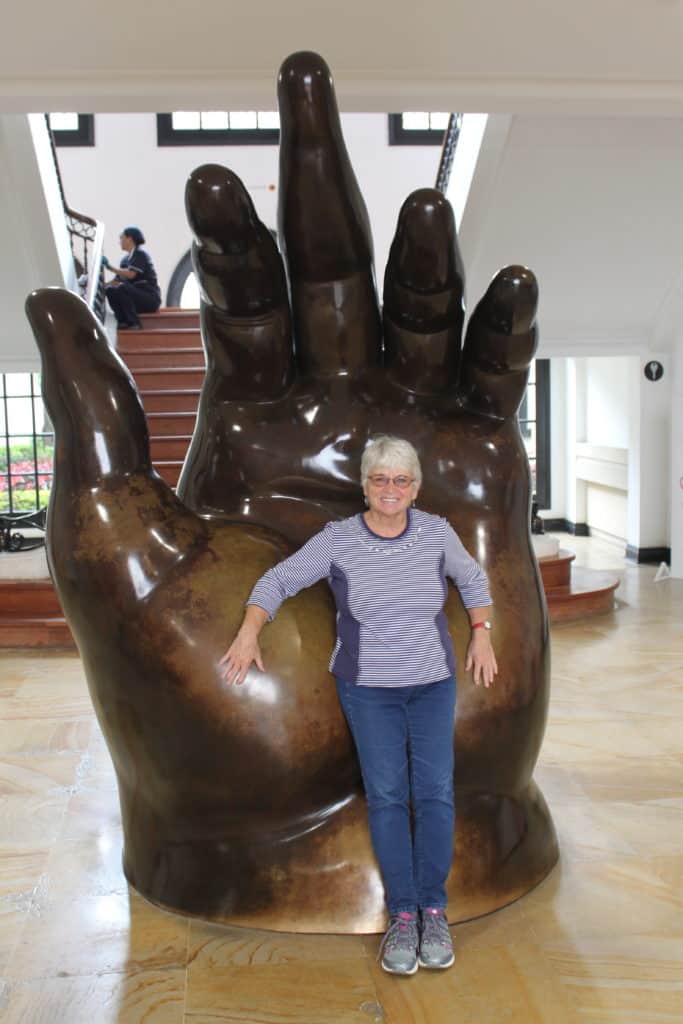
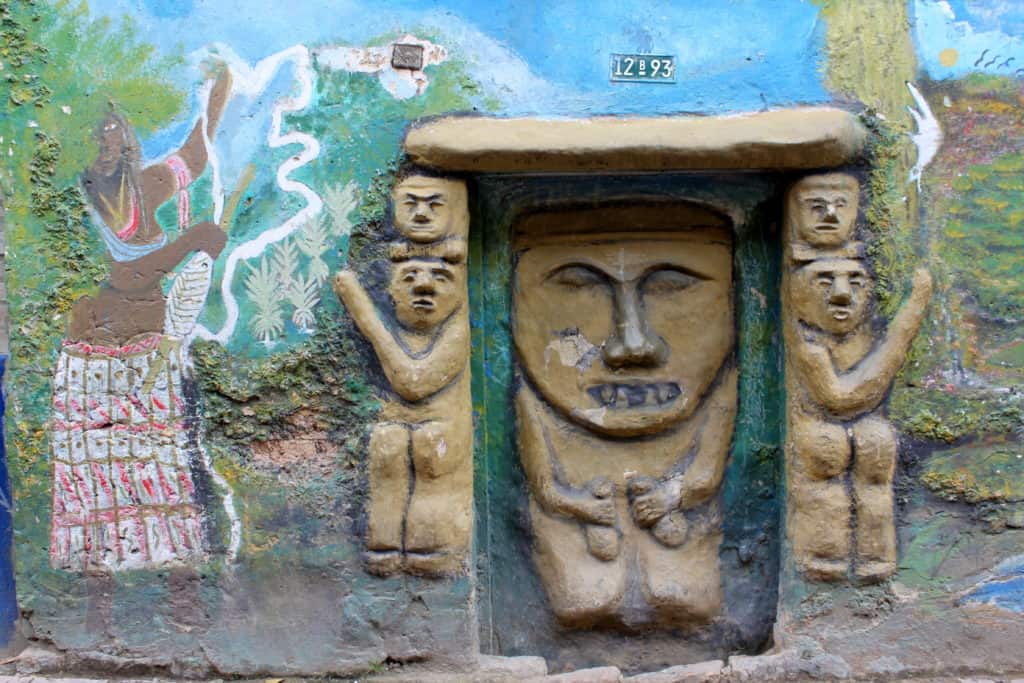
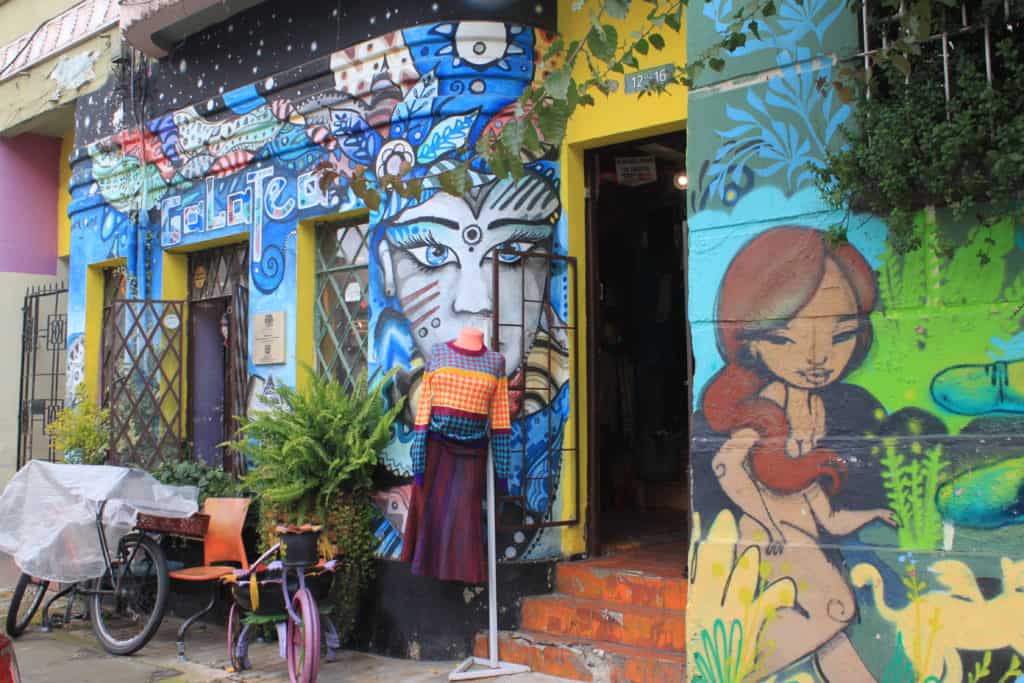
The next day we hurtled downtown again. We were very impressed with the efficiency of their bus system. Designated lanes mean that they can rocket along, and they certainly do! The Museo del Oro is known as the most important gold museum in the world. It has over 34,000 pieces from the indigenous peoples of Colombia. Imagine how much more the Spanish looted! Most of these pieces are beautifully crafted and give much insight into their beliefs. They also mixed bronze, silver and platinum into their jewelry. How we underestimated the skills of these people. It was an exhausting but rewarding day.




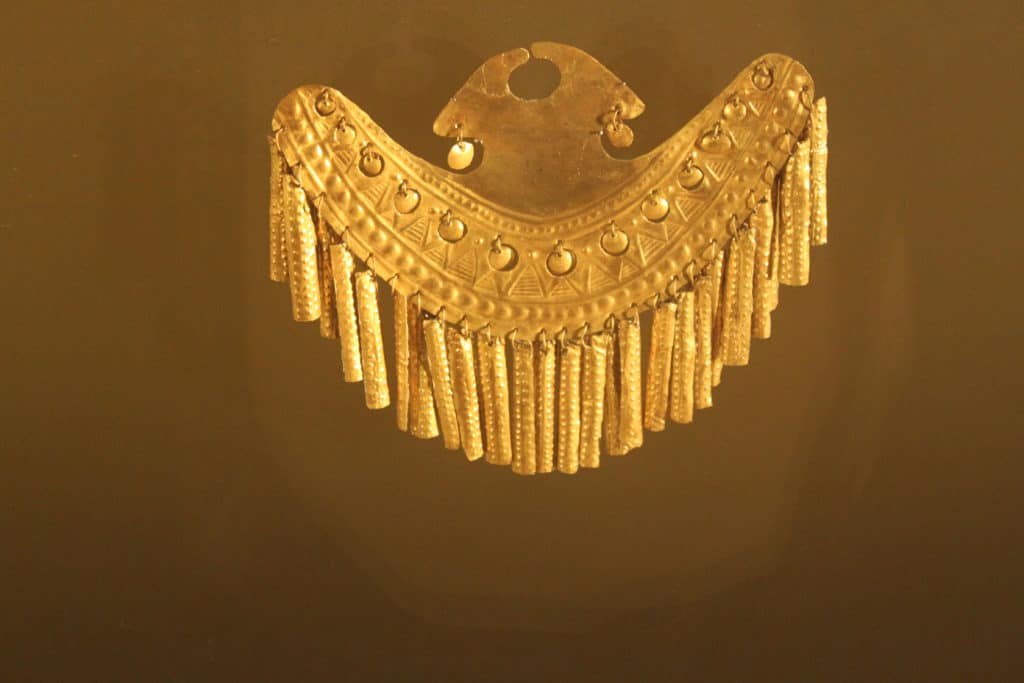
Colombians are very keen on their sports. While we were there the America’s Cup was playing. Nearly two-thirds of the population was wearing the official jerseys on game days. When the games were played, people gathered in any business that had a T.V. This meant that everyone spilled into the streets in front of bars, barbershops or cafes. The other big passion here is cycling. On weekends, dozens of road warriors are seen tackling the highways. They have to be in superb condition as these roads are steep and flat areas are rare. On our drive to Honda, we encountered a race. They shut the highway down for four hours, so our drive got a little longer. The repercussions of the closure affected traffic for several more hours after that. One cannot complain, however, when this country has just won the Tour de France.
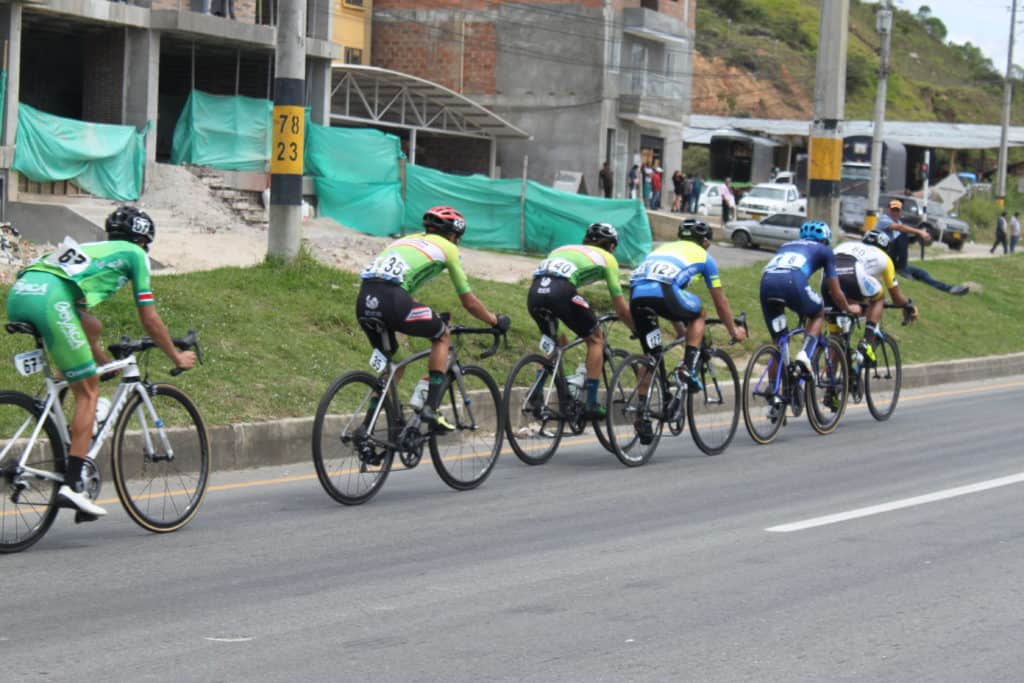
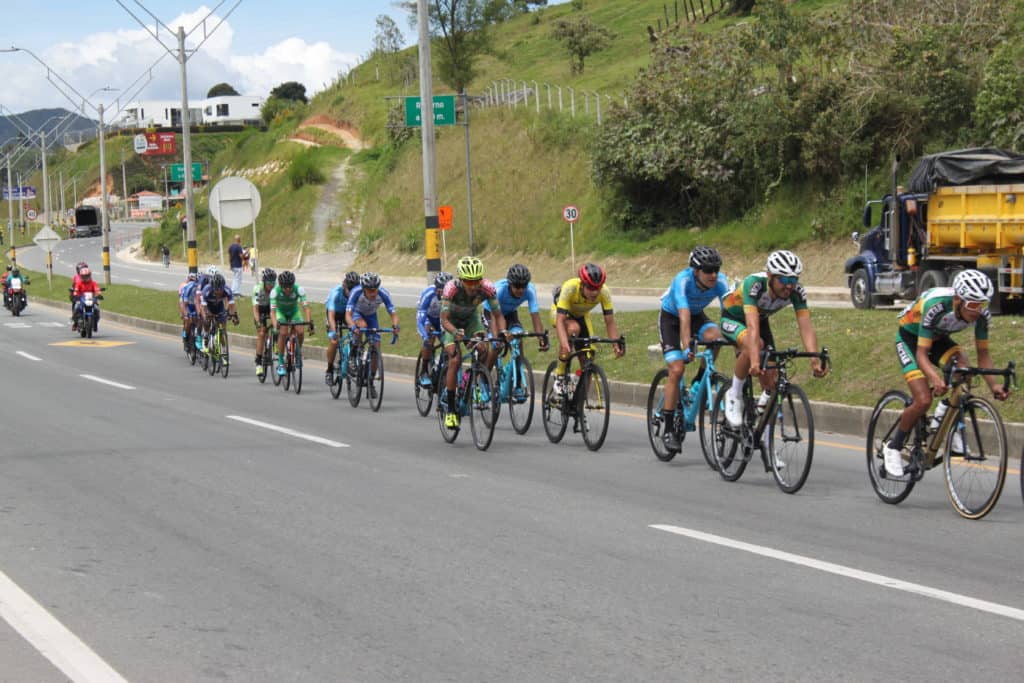
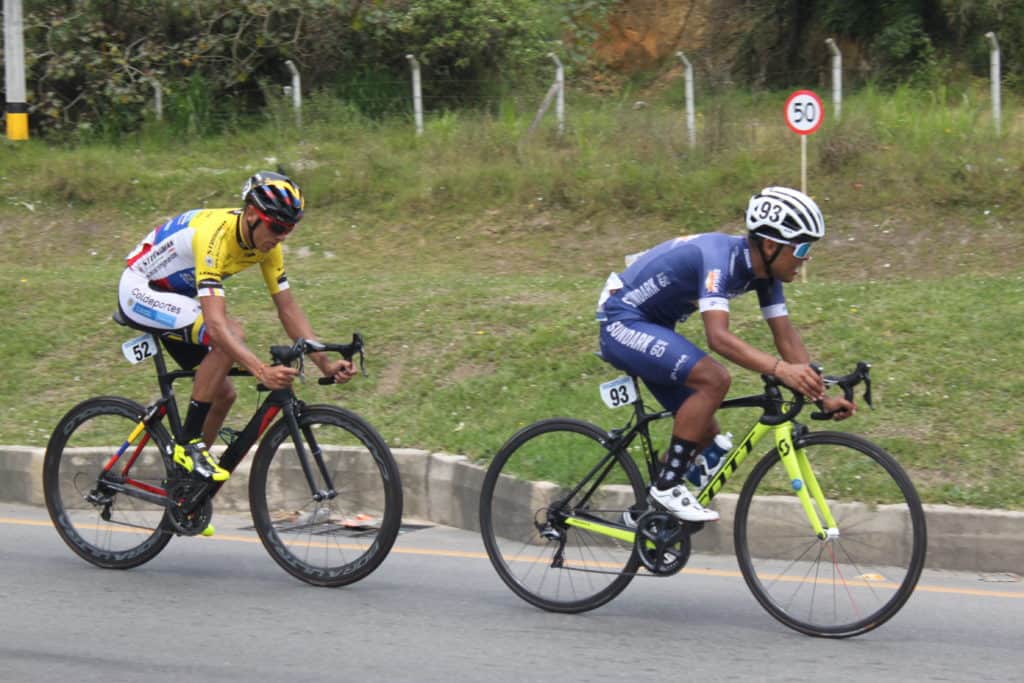
On our drive north, we went through sensory overload. The scenery is so spectacular. This area is renowned for recreational activities: rafting, fishing, hiking, paragliding, horse-back riding and more. By the time we reached El Embalse del Pino we thought we were immune to amazing scenery. Not so. This area was flooded in 1970 to provide hydro power. The result is a huge lake with a multitude of small bays and channels where you could boat for weeks without seeing the same area twice. The recreation opportunities now include paddle boarding, canoeing, water skiing, sailing and swimming. We stayed at a small hotel with a huge piece of property on the water. Totally idyllic!


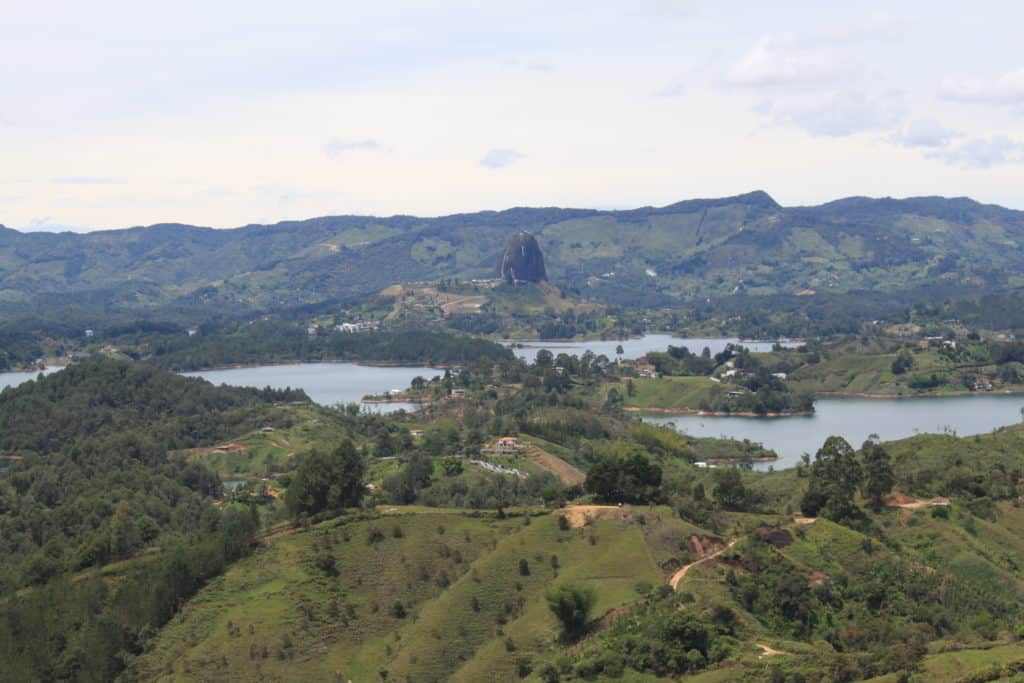
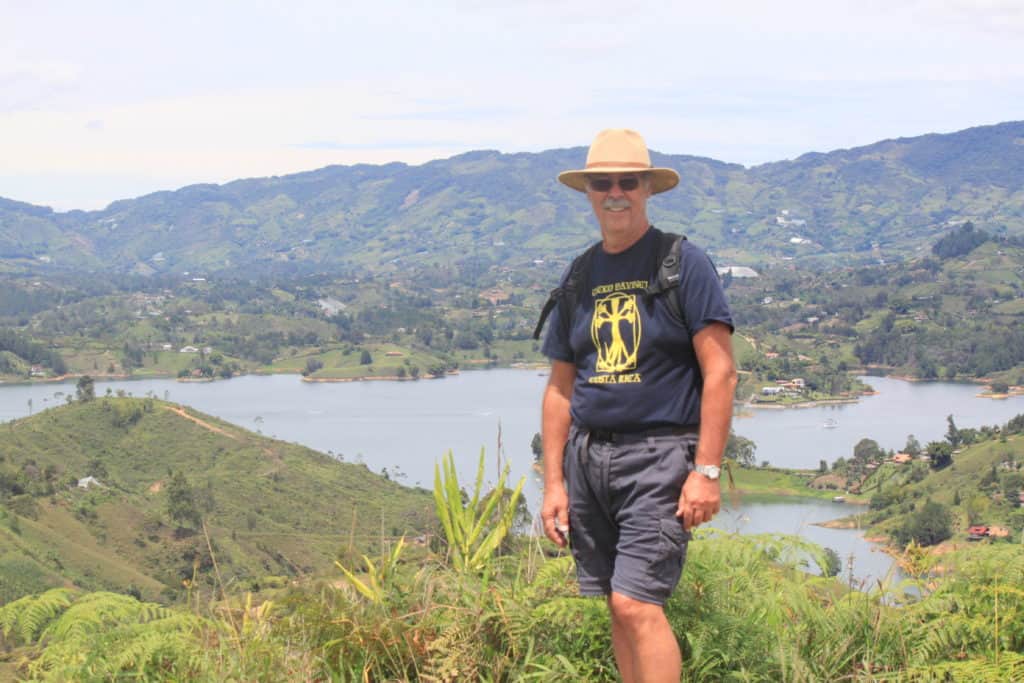
We carried on to see the infamous La Piedra de Penol. This granite rock is 200 meters high and has 659 steps to the top so you can admire the view. My achy knees voted “No”, so we kept driving.
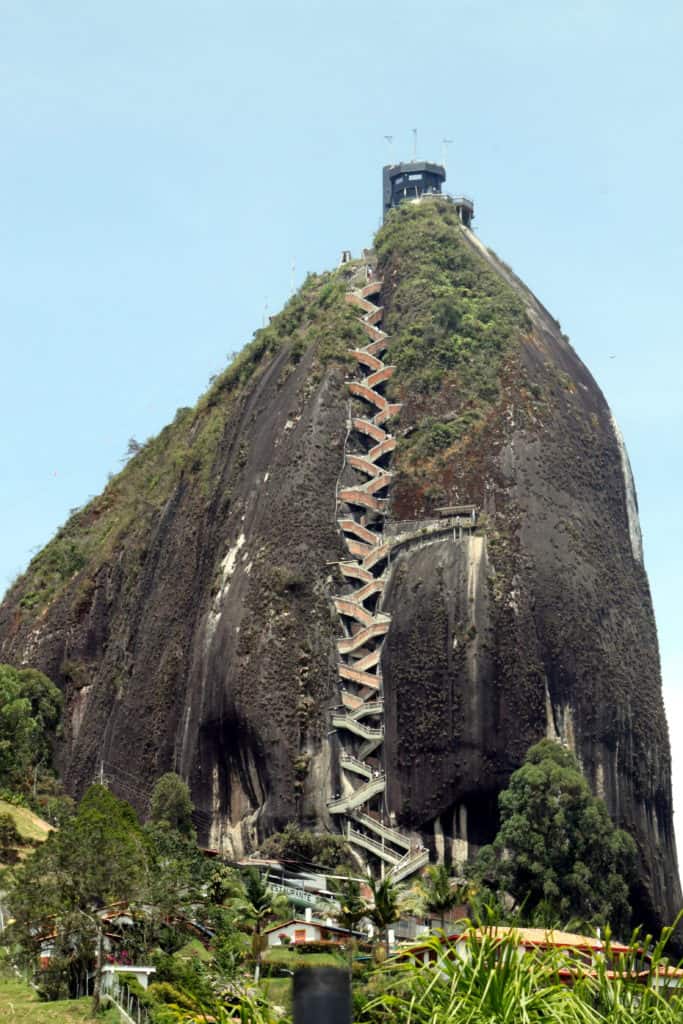
Our destination was Guatape. This town is famous for the Zocolos, these are colourful bas-relief scenes made of concrete. These run the gamut from geometric designs to animals to scenes of daily life. We were totally captivated by the colours and variety of artwork on every building, home, business, park fountain and municipal structure. It also has become a tourist mecca, so time was spent acquiring souvenirs and extra calories.
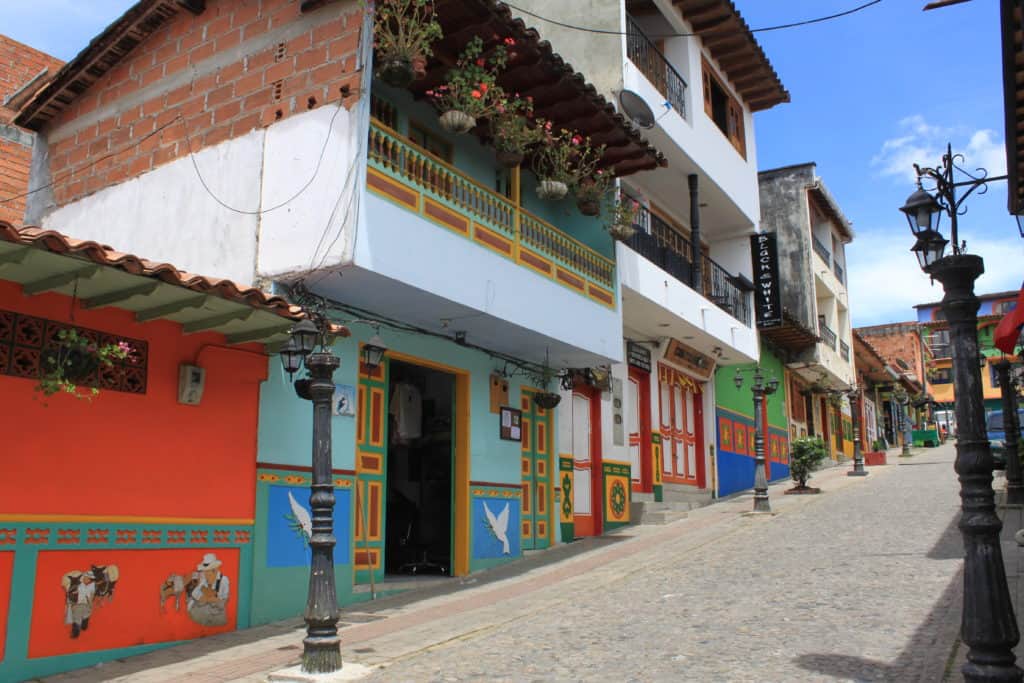
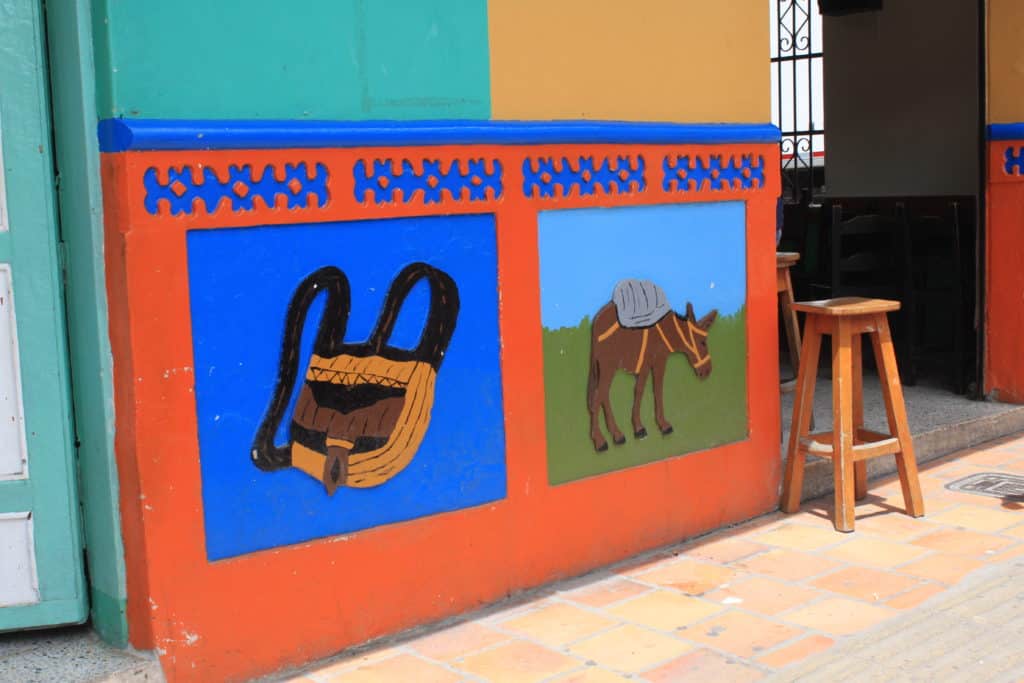
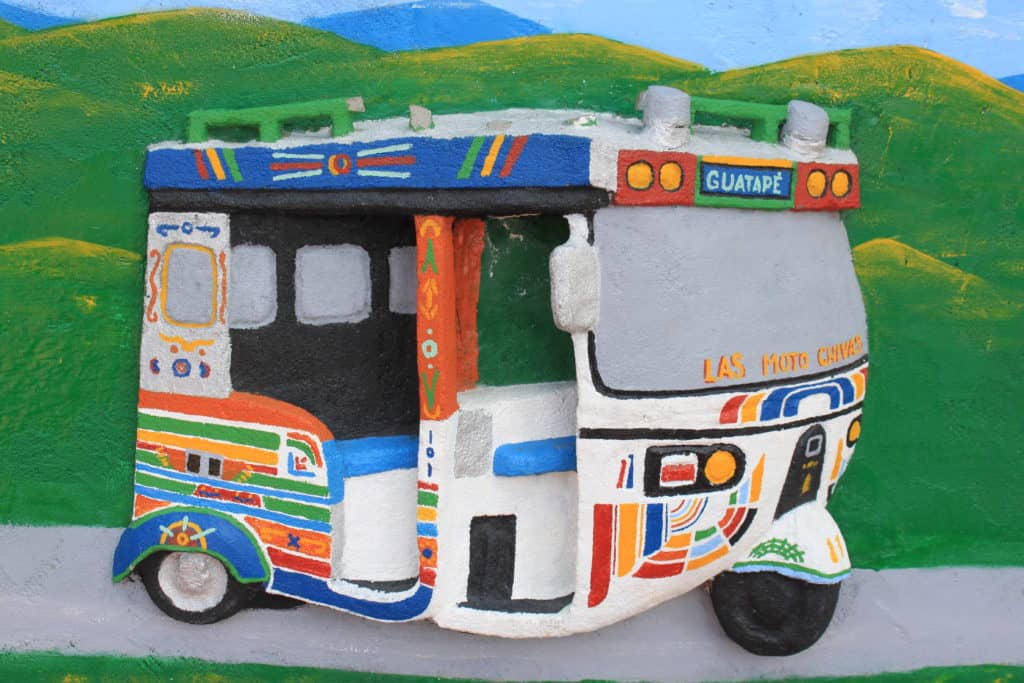
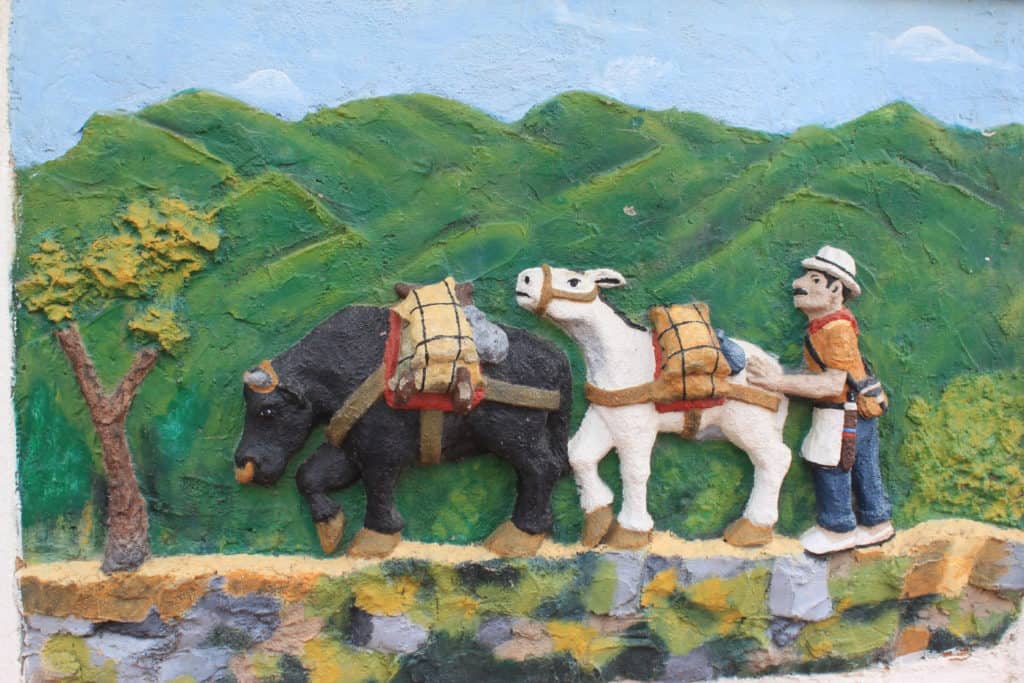
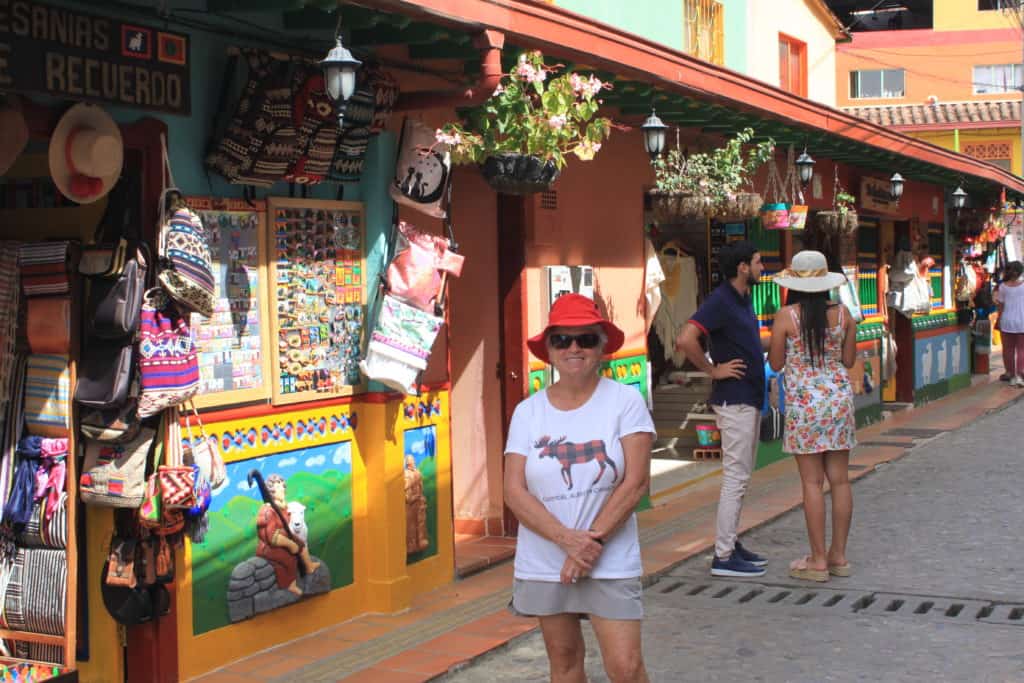
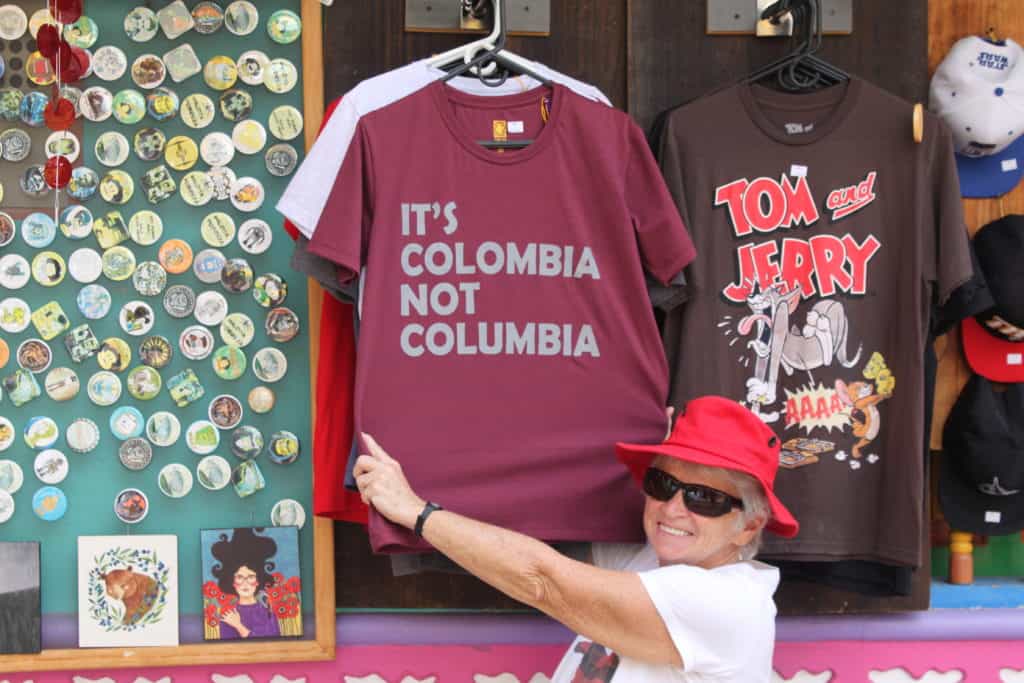
Our next home was at El Bosque. This was a campsite near Arvi Parque just outside Medellin. This was perfect: hot, noisy, busy city by day; cool, quiet, serene mountain top by night. We stayed two weeks, so you know we liked it. Our first foray into the city was not great. The local bus was late; then gave us a fast, jerky ride down extremely steep roads. Once we were in town, we had a long walk to our planned tourist attraction only to find it cordoned off by the police. We finally found our way into the Museo D’Antioquia. They had an even larger collection of Botero’s work, no doubt because he was a local boy. Alas, his large sculptures were behind the barricades in the park outside. At the end of the day, we used their beautiful metro system to access the cable cars which travel to Parque Arvi. This immediately became the preferred mode of transportation. Swaying high above the barrios, with Medellin spread below, was hard to beat. It also was much quicker than the bus, cooler and less crowded.
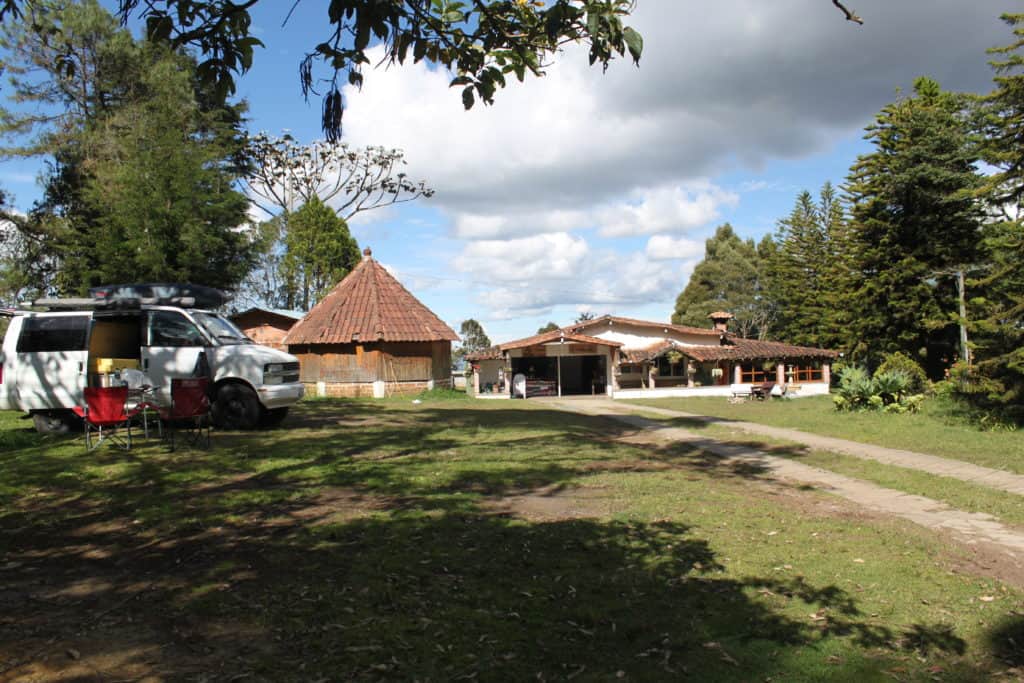
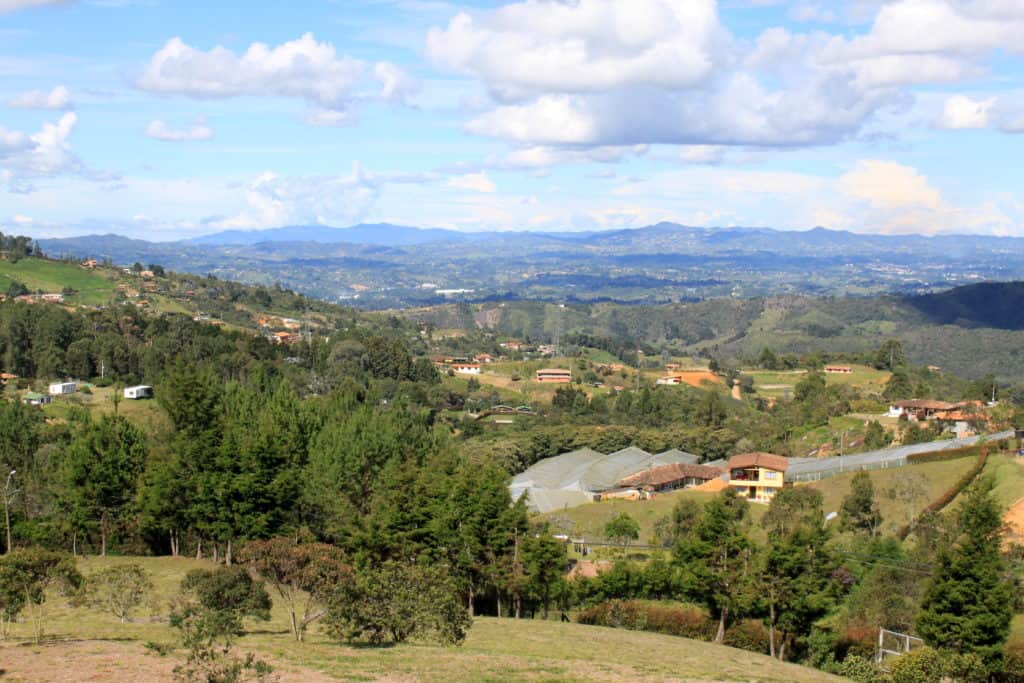



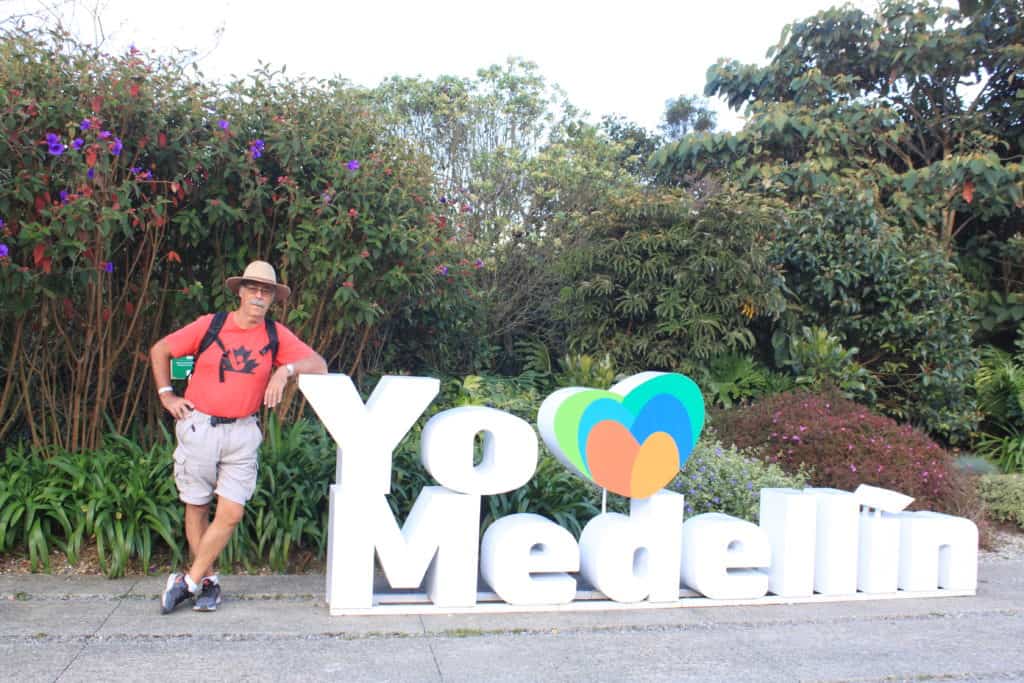
Our second highlight in Medellin was the Communa 13 tour. This barrio was the poorest and most dangerous area in the city during the drug cartel years. Our English-speaking guide lives in the area and explained how the neighbourhood is working to change life for the better. We saw a lot of graffiti art and we were treated to a performance by a local dance troupe. They were good. We also got to ride up the outdoor escalators, one of only two sets in the world. After a very full day, we headed home. Our new route home did not work. Construction prevented our access to the cable car we needed. When we found a way around that obstacle, our arrival at the top was 15 minutes too late for the Parque Arvi connection. We now had to backtrack all the way through the city in very crowded trains. That also meant a long walk through town to the bus stop. Then we had the lengthy bus ride, so we were very tired and unhappy by the time we got home. Travelling is a challenge some days.

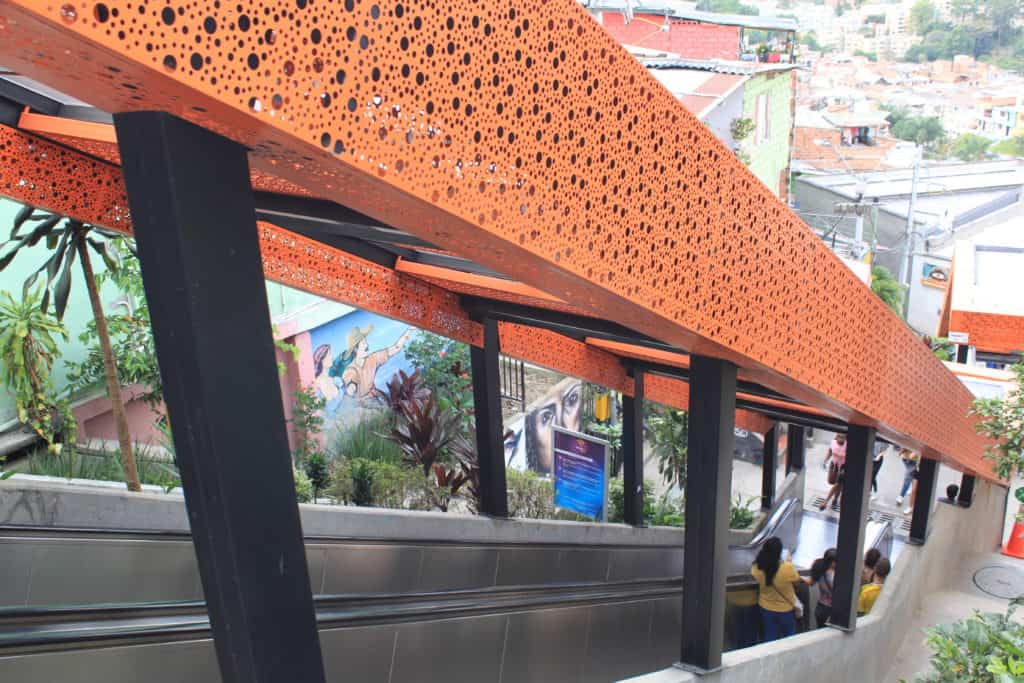
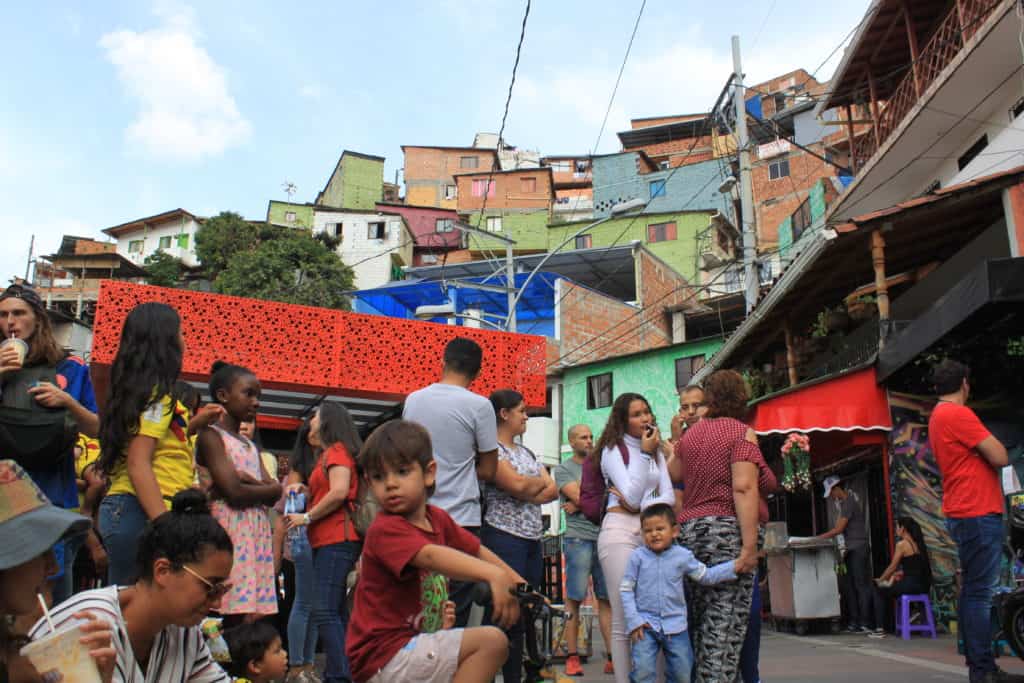

Subsequent days saw us back in Medellin to finally take pictures of Botero’s sculptures and the Rafael Uribe Palace of Culture. The black and white facades are so dramatic on this building. Apparently, the architect took so long constructing it that he was fired. When they completed the building, they did not use the black and white bricks on the last side. Our only other tourist adventure was to the Botanical Park for the Butterfly House. After many inquiries, and much walking, we learned that it is still being constructed. Sigh… All our other trips into town were for mundane grocery and hardware supplies.
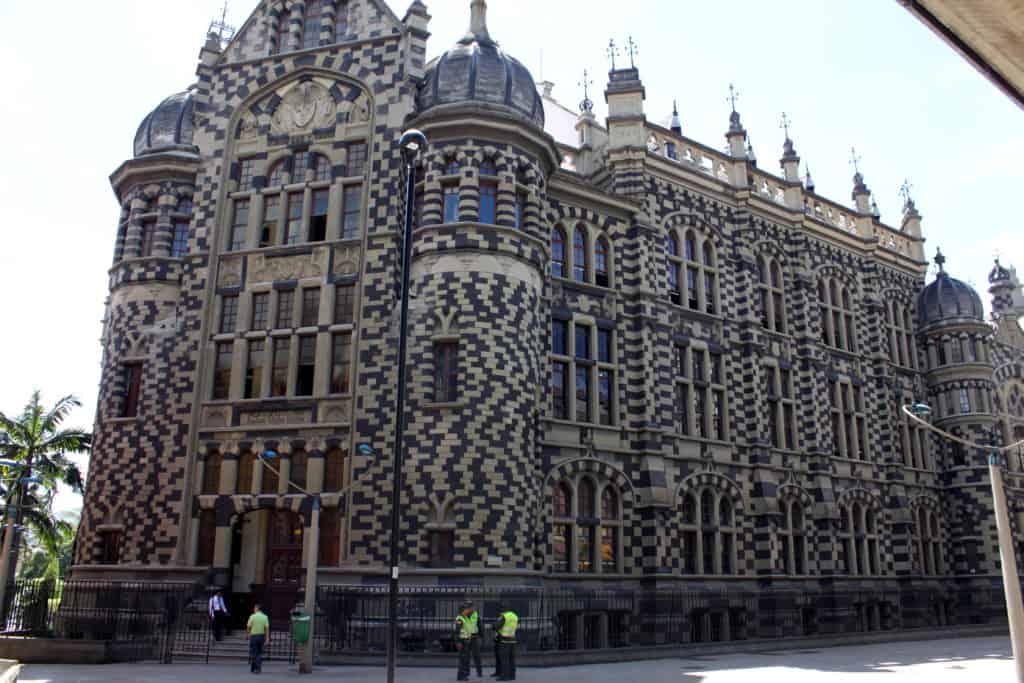
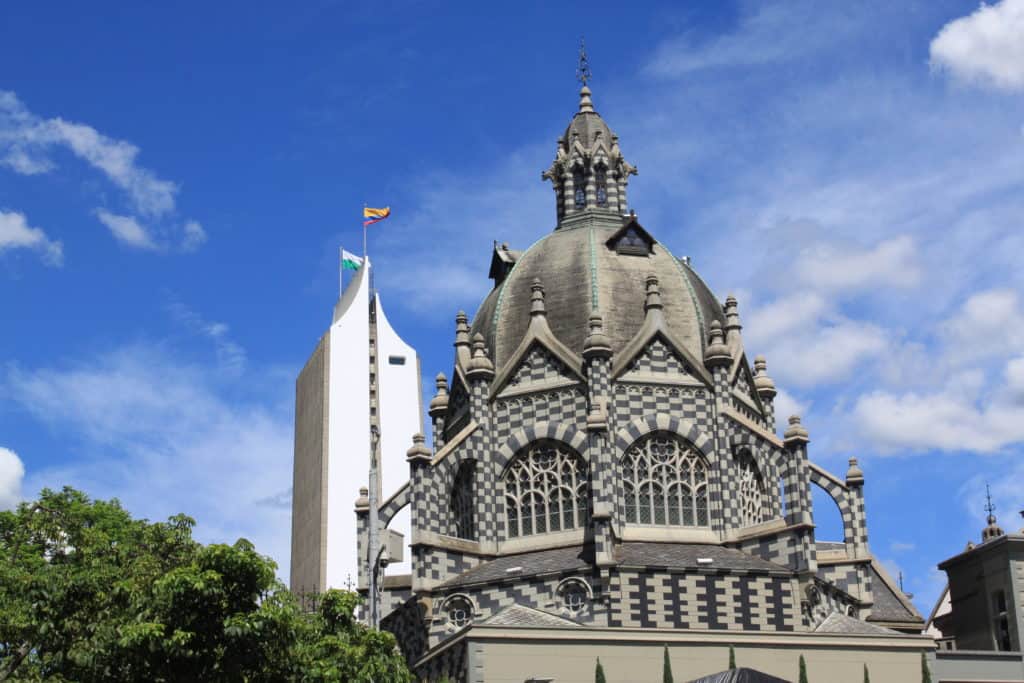
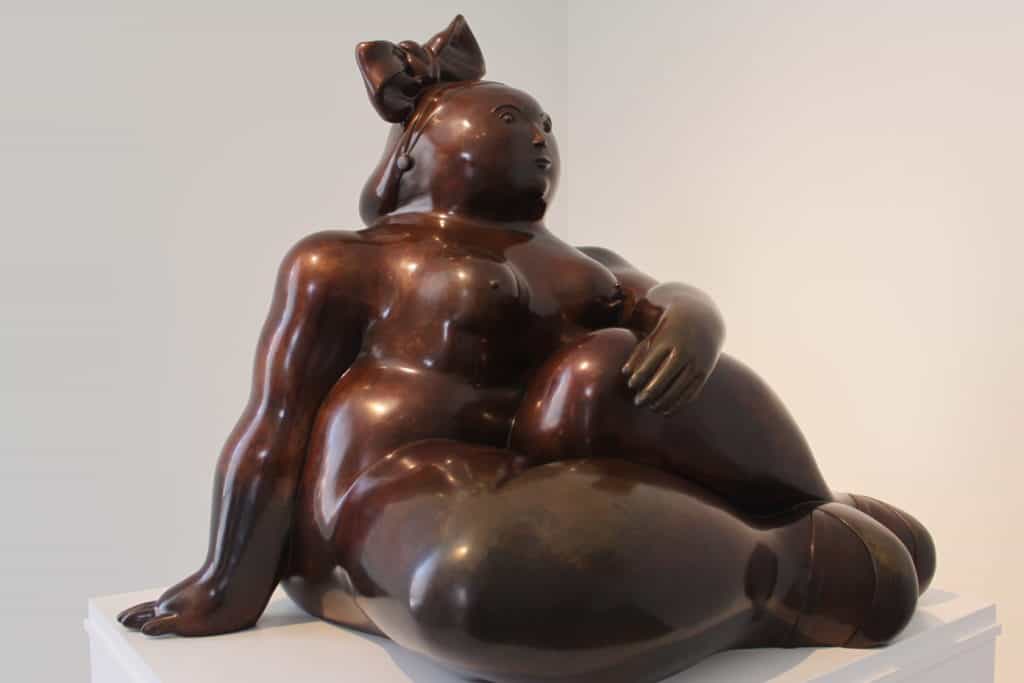
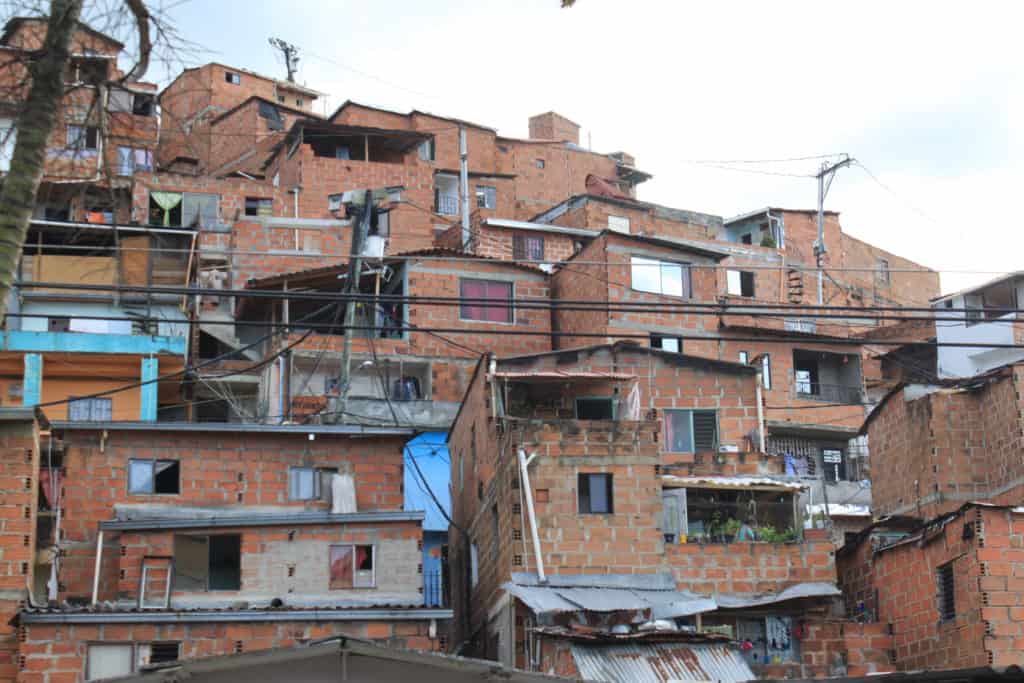

On our last night at El Bosque we had a heavy rainstorm. We awoke to a wet patch on our ceiling, which is not a good thing. This was our first big disaster; one does not whip into an RV outlet and ask for repairs. Doug went back to town for supplies and spent the next day putting a temporary patch on our roof. This inconvenience is not over. We will have to wait until we return home to get it fixed.
Our Route
